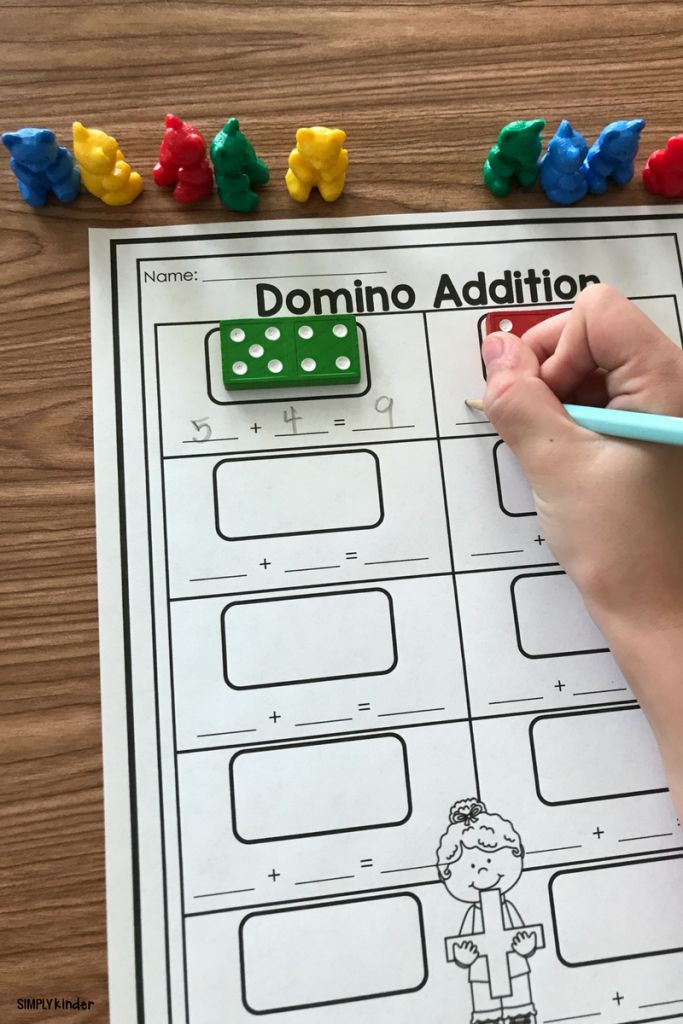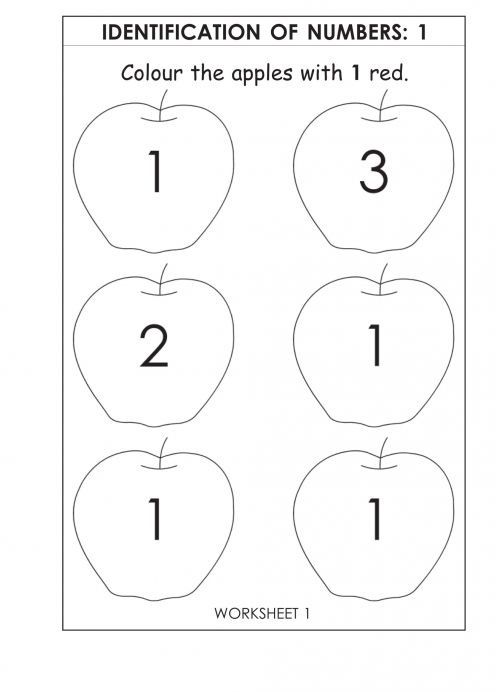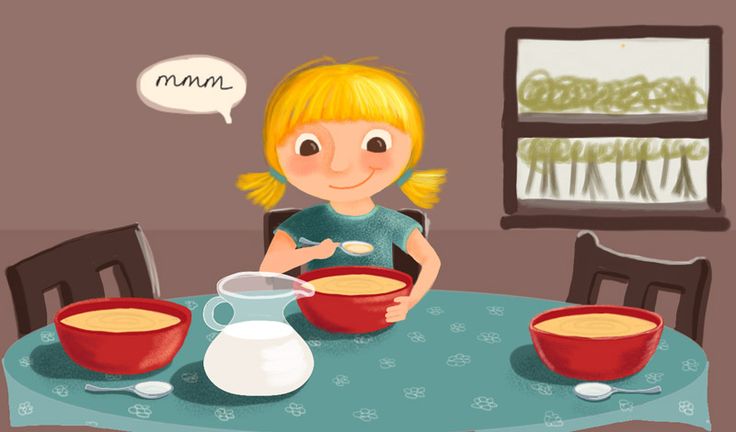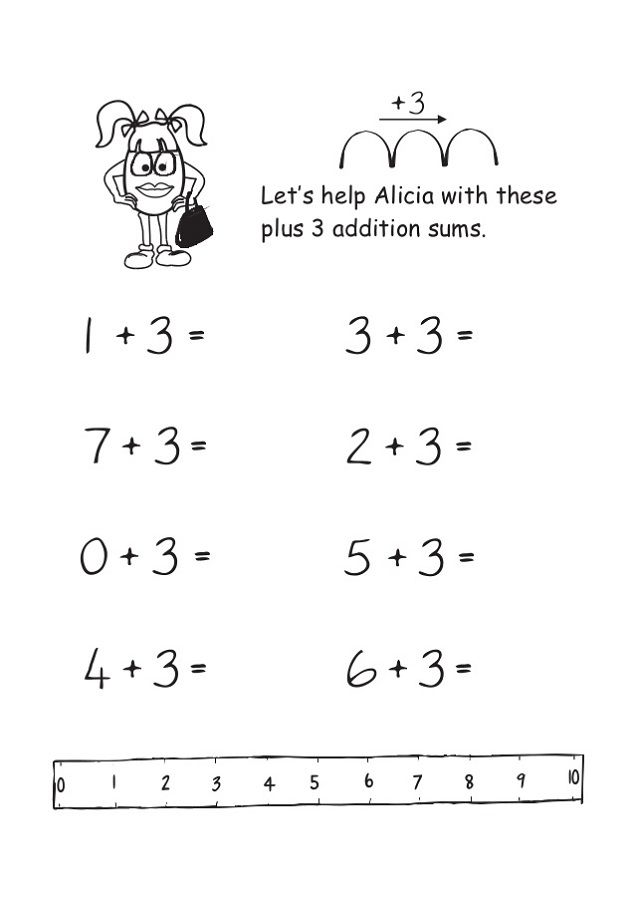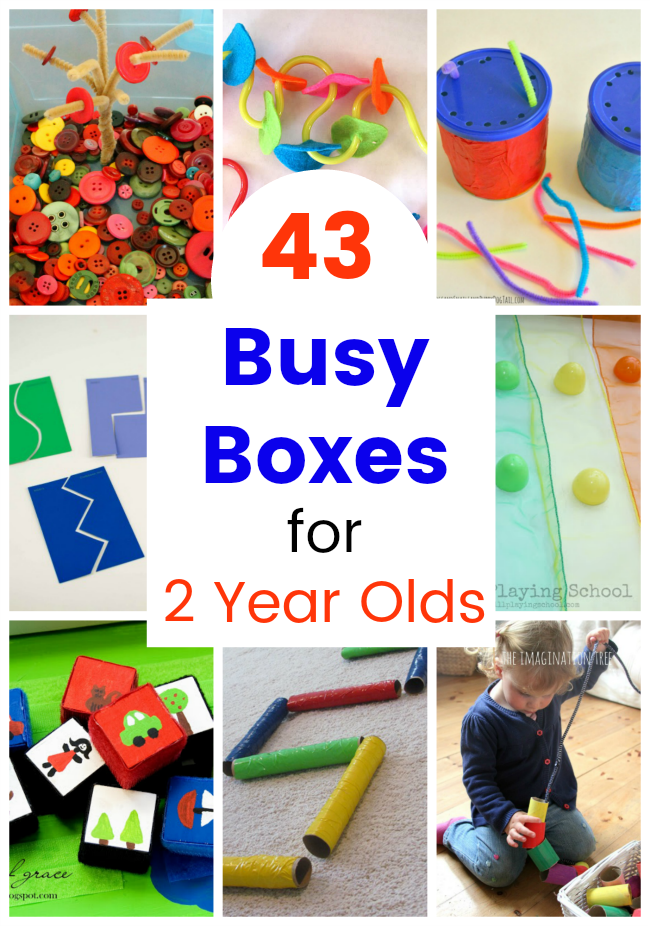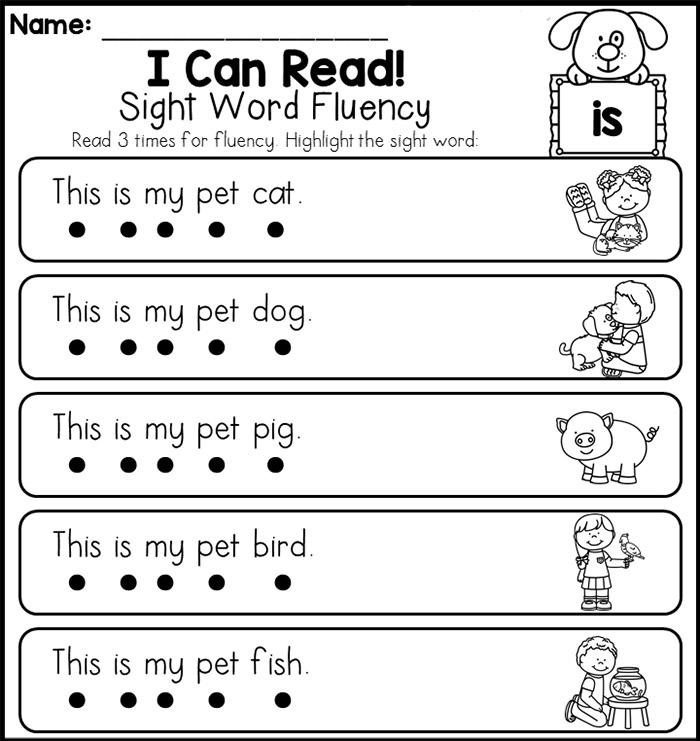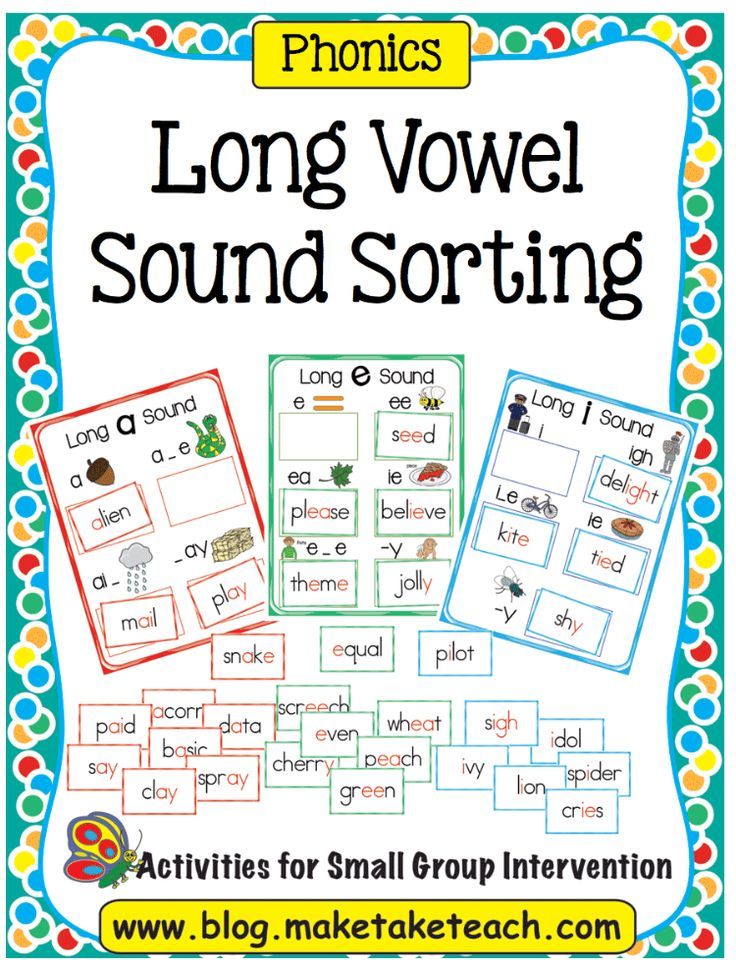Phonological awareness games
Phonological and Phonemic Awareness: Activities for Your First Grader
That's a complicated sounding term, but it's meaning is simple: the ability to hear, recognize, and play with the sounds in spoken language. Phonological awareness is really a group of skills that include a child's ability to:
The most sophisticated phonological awareness skill (and the last to develop) is called phonemic awareness — the ability to hear, recognize, and play with the individual sounds (phonemes) in spoken words. When playing with the sounds in word, children learn to:
Strong phonemic awareness is one of the strongest predictors of later reading success. Children who struggle with reading, including kids with dyslexia, often have trouble with phonemic awareness, but with the right kind of instruction they can be successful. Learn some of the warning signs for dyslexia in this article, Clues to Dyslexia in Early Childhood.
Your first grader should be able to recognize rhyming words and create their own rhyming word pairs or sets (big, dig, fig). See if your child can also identify the first, middle and last sounds they hear in a word, and show you how many sounds are in simple one-syllable words using their fingers (sit = s-i-t = 3 sounds).
Parents can make a big difference in helping their children become readers by practicing these pre-reading oral skills at home. Try some of the simple rhyming and word sound games described here.
Why phonemic awareness is the key to learning how to read
This video is from Home Reading Helper, a resource for parents to elevate children’s reading at home provided by Read Charlotte. Find more video, parent activities, printables, and other resources at Home Reading Helper.
Try these speech sound activities at home
Syllable shopping
While at the grocery store, have your child tell you the syllables in different food names.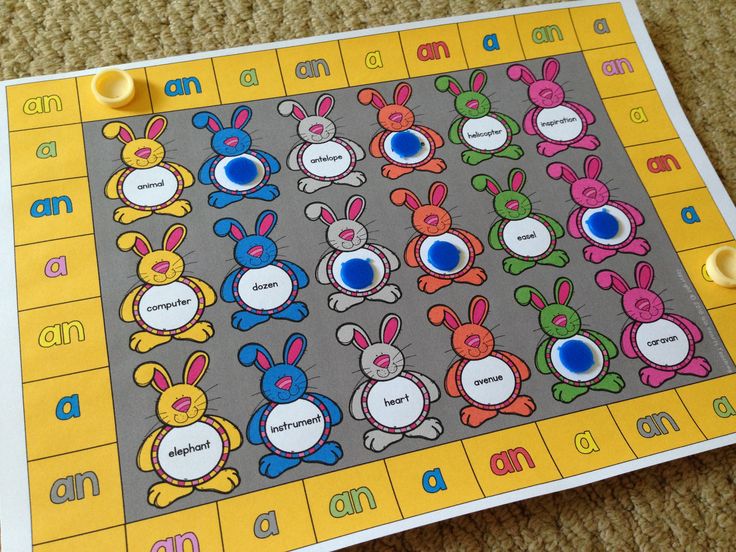 Have them hold up a finger for each word part. Eggplant = egg-plant, two syllables. Pineapple = pine-ap-ple, three syllables. Show your child the sign for each and ask her to say the word.
Have them hold up a finger for each word part. Eggplant = egg-plant, two syllables. Pineapple = pine-ap-ple, three syllables. Show your child the sign for each and ask her to say the word.
Rhyme time
“I am thinking of an animal that rhymes with big. What's the animal?” Answer: pig. What else rhymes with big? (dig, fig, wig)
Road trip rhymes
While you're out driving in the car, spot something out the window and ask your child, "what rhymes with tree or car or shop?" Then switch roles and have your child spot something and ask you for a rhyme. This can turn into a game of nonsense rhymes ("What rhymes with tree stump?") but that's great for practicing sounds, too!
Word families
Word families are sets of words that rhyme. Start to build your family by giving your child the first word, for example, cat. Then ask your child to name all the "kids" in the cat family, such as:
bat, fat, sat, rat, pat, mat, hat, flat.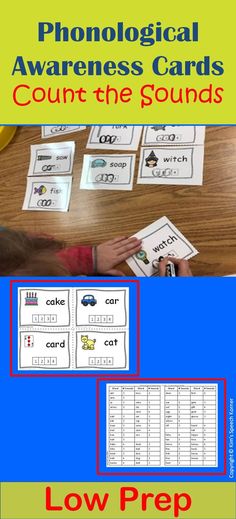 This will help your child hear patterns in words.
This will help your child hear patterns in words.
Silly tongue twisters
Sing songs, read rhyming books, and say silly tongue twisters. These help your child become sensitive to the sounds in words.
Sound games
Practice blending sounds into words. Ask "Can you guess what this word is? m - o - p." Hold each sound longer than normal.
One sound at a time
Certain sounds, such as /s/ or /m/are great sounds to start with. The sound is distinct, and can be exaggerated easily. "Please pass the mmmmmmmmilk." "Look! There's a ssssssssssnake!" It's also easy to describe how to make the sound with your mouth. "Close your mouth and lips to make the sound. Now put your hand on your throat. Do you feel the vibration?"
Tongue ticklers
Alliteration or "tongue ticklers" — where the sound you're focusing on is repeated over and over again — can be a fun way to provide practice with a speech sound. Try these:
- For M: Miss Mouse makes marvelous meatballs!
- For S: Silly Sally sings songs about snakes and snails.
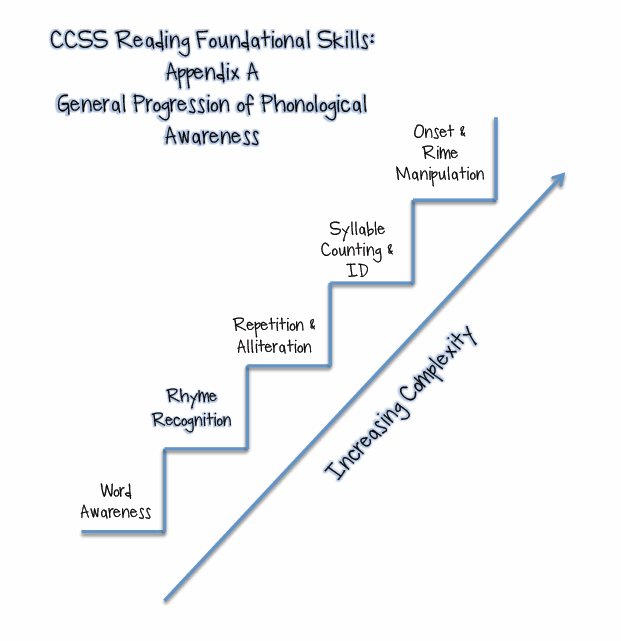
- For F: Freddy finds fireflies with a flashlight.
"I Spy" first sounds
Practice beginning sounds with this simple game: ask your child questions like, “I spy something red that starts with /s/.”
Sound sleuth
Choose a letter sound, then have your child find things around your house that start with the same sound. “Can you find something in our house that starts with the letter “p” pppppp sound? Picture, pencil, pear”
"I Spy" blending
Here's an easy phoneme blending game you can play while talking a walk. For blending, you can say, “I see a sign that says s-t-o-p” Then your child has to blend the sounds to guess your word — stop. (Remember to say only the sounds in the word — not the letters.) Keep the words short, moving from two to three to four sounds depending on your child’s skill level.
Jump, skip, hop!
Create simple picture cards that you draw or cut out of magazines. Have your child, identify what's in the picture, and then break that word into its individual sounds. For example dog is d-o-g, three sounds (phonemes). Three sounds? You and your child do three jumping jacks, skips, or hops (followed by a high-five). You can also do this game outdoors without the cards, just call out simple words for your child.
For example dog is d-o-g, three sounds (phonemes). Three sounds? You and your child do three jumping jacks, skips, or hops (followed by a high-five). You can also do this game outdoors without the cards, just call out simple words for your child.
Snail talk
Tell your child you're going to communicate in "snail talk" and they need to figure out what you're saying. Take a simple word and stretch it out very slowly (e.g., /fffffllllaaaag/), then ask your child to tell you the word. Switch roles and have your child stretch out a word for you.
First sounds
When you’re reading together with your child, pick a word from the book and say it with emphasis on the first sound. Pick another word and compare them. “Zzz-zookeeper and rrr-rhinoceros. Can you hear what sound zzz-zookeeper starts with? Is it the same as rrr-rhinoceros?
Sound counting
Using LEGO bricks, beads, or pennies, say a word and have your child show you how many sounds the word makes.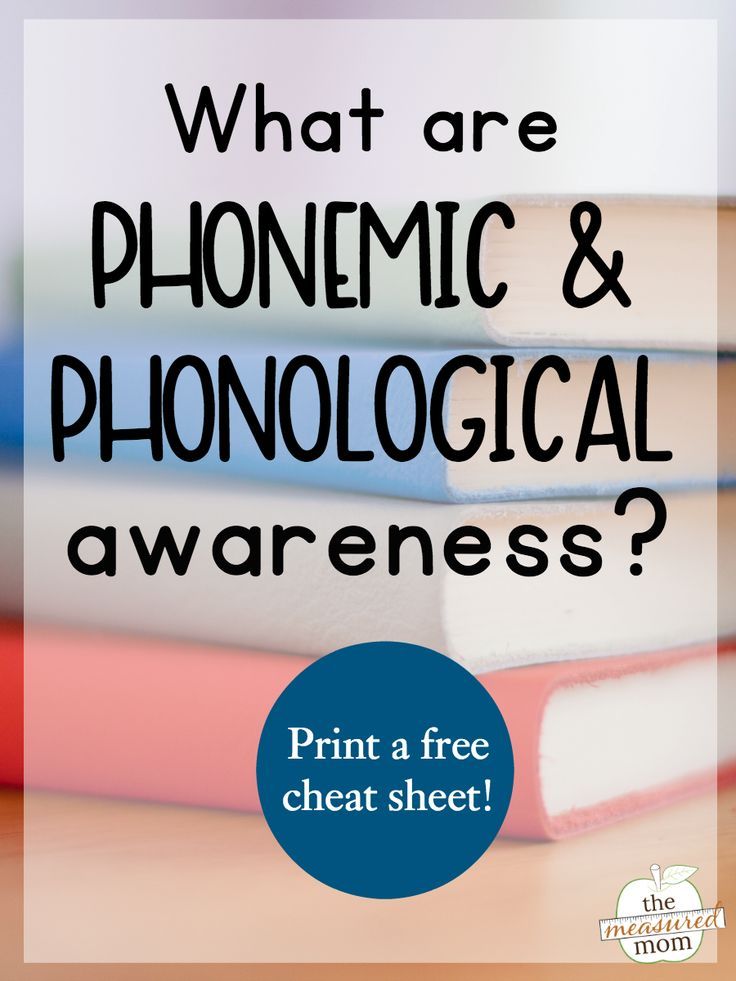 For example, top = t-o-p = three sounds, so your child would place three objects in a row. Then have them tap each object as they say the sound. Remember, your child is just showing you the sounds they hear. So the word bike would be = b-i-k (silent e) = only three sounds.
For example, top = t-o-p = three sounds, so your child would place three objects in a row. Then have them tap each object as they say the sound. Remember, your child is just showing you the sounds they hear. So the word bike would be = b-i-k (silent e) = only three sounds.
Rime house
Try this activity from the Florida Center for Reading Research (FCRR). The FCRR "At Home" series was developed especially for families! Watch the video and then download the activity: Rime House. See all FCRR phonological awareness activities here.
Phoneme dominoes
Try this activity from the Florida Center for Reading Research (FCRR). The FCRR "At Home" series was developed especially for families! Watch the video and then download the activity: Phoneme Dominoes. See all FCRR phonological awareness activities here.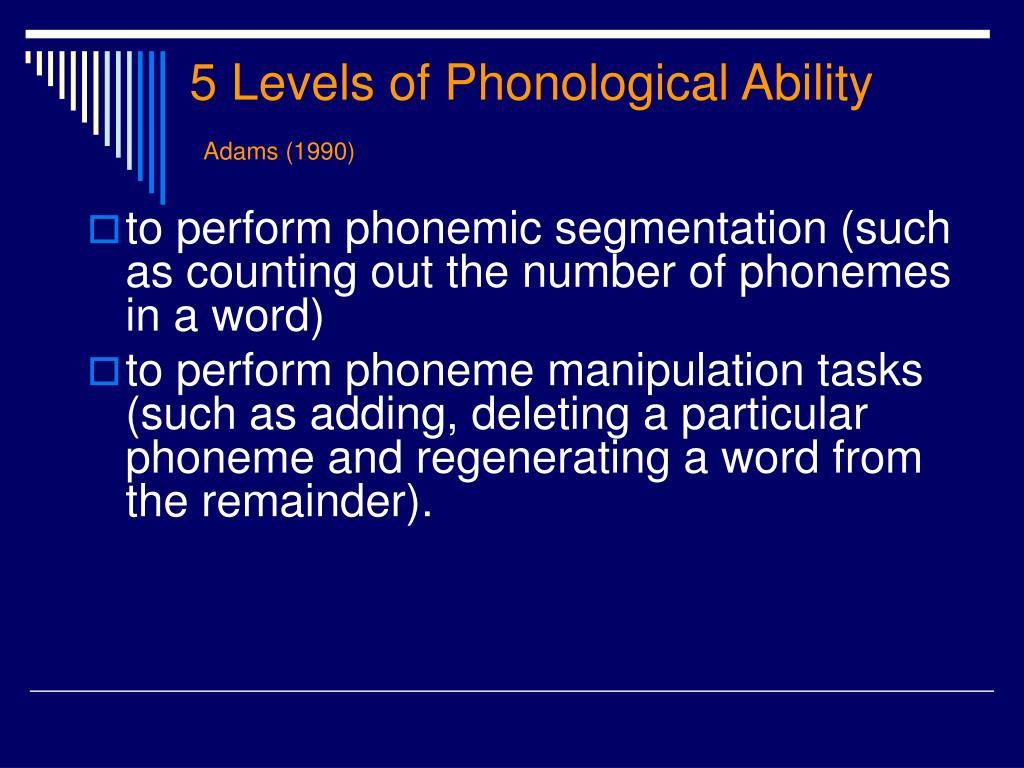
Picture slide
Try this activity from the Florida Center for Reading Research (FCRR). The FCRR "At Home" series was developed especially for families! Watch the video and then download the activity: Picture Slide. See all FCRR phonological awareness activities here.
More phonological and phonemic awareness resources
Phonological Awareness Activities and Games to Engage Your Students
“C-a-t. . . . MAP!”
Ever have students who do that?
Even when students know letter sounds, they may still have trouble reading because they don’t blend the sounds correctly.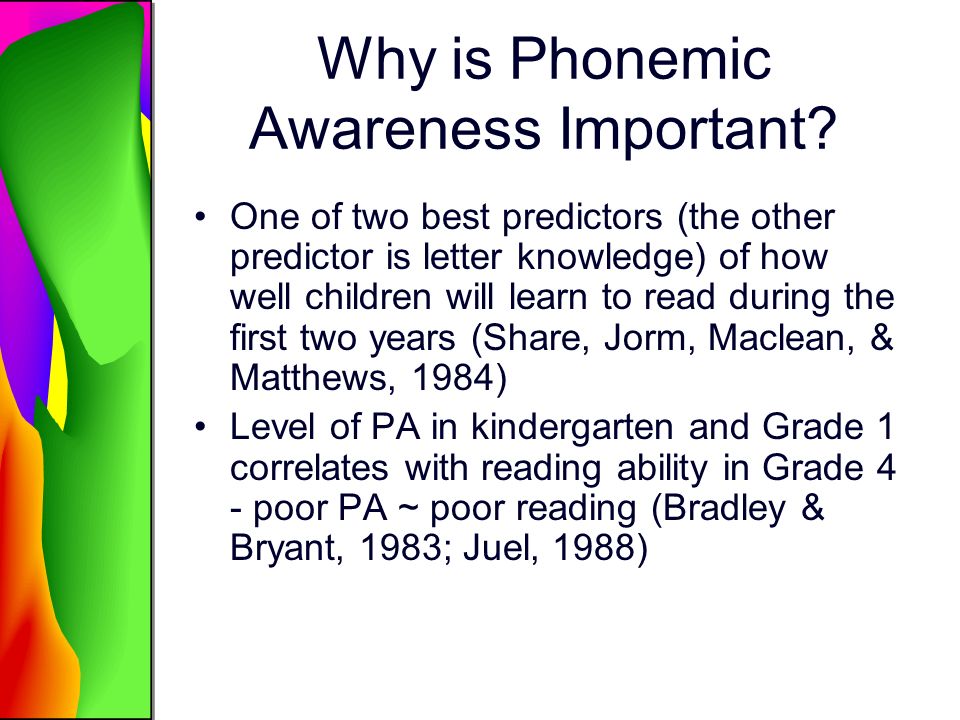
The likely cause is a lack of phonological or phonemic awareness.
Phonological, Phonemic: What’s the Difference?First things first, phonological awareness is the ability to hear, identify, and manipulate sounds in spoken words. While phonological awareness can include syllables or parts of words (ex: onset and rime), phonemic awareness deals with individual phonemes, or sounds.
For example, blending or segmenting the sounds in the word CAT is a phonemic awareness activity. Identifying the number of syllables in the word CAT is not.
They are both phonological awareness activities, but phonemic awareness is a subset of phonological awareness that deals with phonemes, or individual sounds.
So, in a nutshell:
phonological = individual sounds AND words and parts of words
phonemic = individual sounds
Children need strong phonological awareness skills in order to decode words when reading and it’s important to work on these skills starting from pre-K and continuing to 1st grade and even beyond.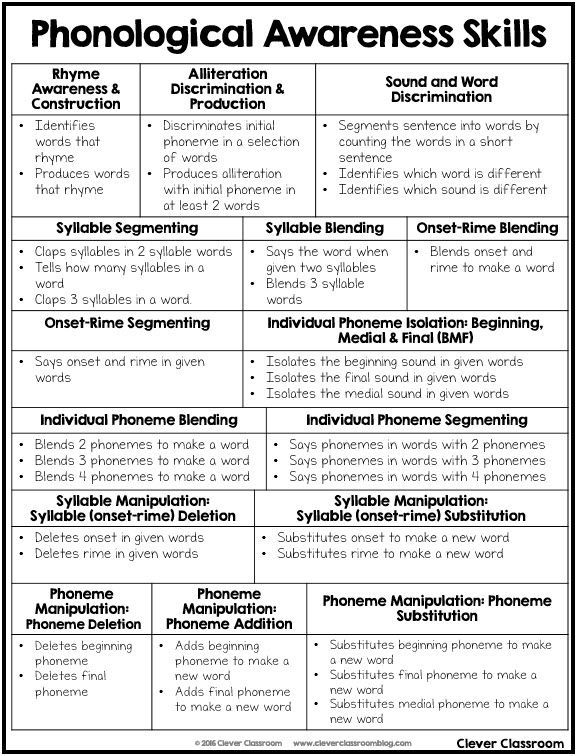
Not Sure Where to Start?
Grab my FREE Phonological Awareness Toolkit Here!
Phonological Awareness Activities and GamesSo how can you develop these essential skills while having fun? Well, I’m glad you asked! Here is a list of phonological awareness skills and some activities and games to practice them.
Word awarenessBeing able to identify discrete words. Sometimes kids have a hard time separating words in a sentence, or they may mistake syllables for words.
- Have students repeat words, one at a time. Use mono- and multi-syllabic words.
- Count words in a sentence.
- Make a gesture after every word in a sentence (stomp, clap, sit, etc).
First, kids learn to recognize when words rhyme. It helps to point out the part that sounds the same so students know what to listen for.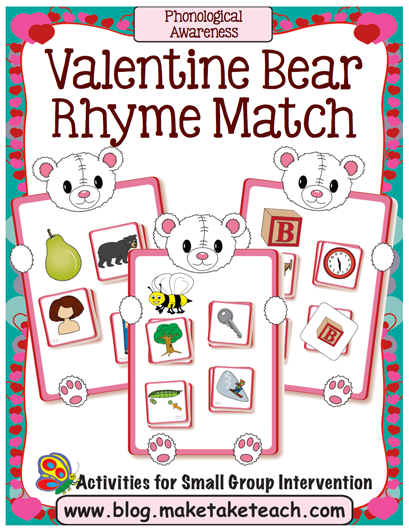
Producing rhymes, or coming up with their own words that rhyme, is a more difficult skill. Scaffold by giving students the first sound and having them say the rime, then blend the word.
- Read rhyming books or poems. Emphasize the first word in a rhyming pair and ask kids to call out the 2nd rhyming word.
- Rhyming Riddles- “I’m thinking of a snack that rhymes with wookies…cookies!”
- Rhyming Circle- Have students sit in a circle. Start by saying a word and go around the circle, asking kids to add a rhyming word to the list. Each student says the words before their turn and adds a new one! *Start with the next child for each new word.
Recognizing when words have the same beginning, ending, or middle sound.
- Tongue Twisters!
- Name Matching- Say a word and ask kids whose names start/ end with the same sound to stand up/ jump/ raise their hands.

- Around the Room- Ask students to find something around the room that begins with the same beginning sound as their name. Or, have them find 2 objects that start/end with the same sound. This is more fun if you have a class set of plastic glasses! *TIP* Read Rosie’s Glasses to teach growth mindset at the beginning of the year and gift your students these glasses, then use them throughout the year for reading, read/write around the room, and other activities that have to do with searching! I used these glasses, but I like these colorful glasses too!
- Mystery Bag- Place a few items that begin with a target sound in a bag. Give children clues and see if they can guess all of the items. Take one out for each correct guess. “In this mystery bag, I have 4 items that start with /m/. The first one is white and soft, and people use it to make S’mores!”
Being able to separate an individual sound from a word.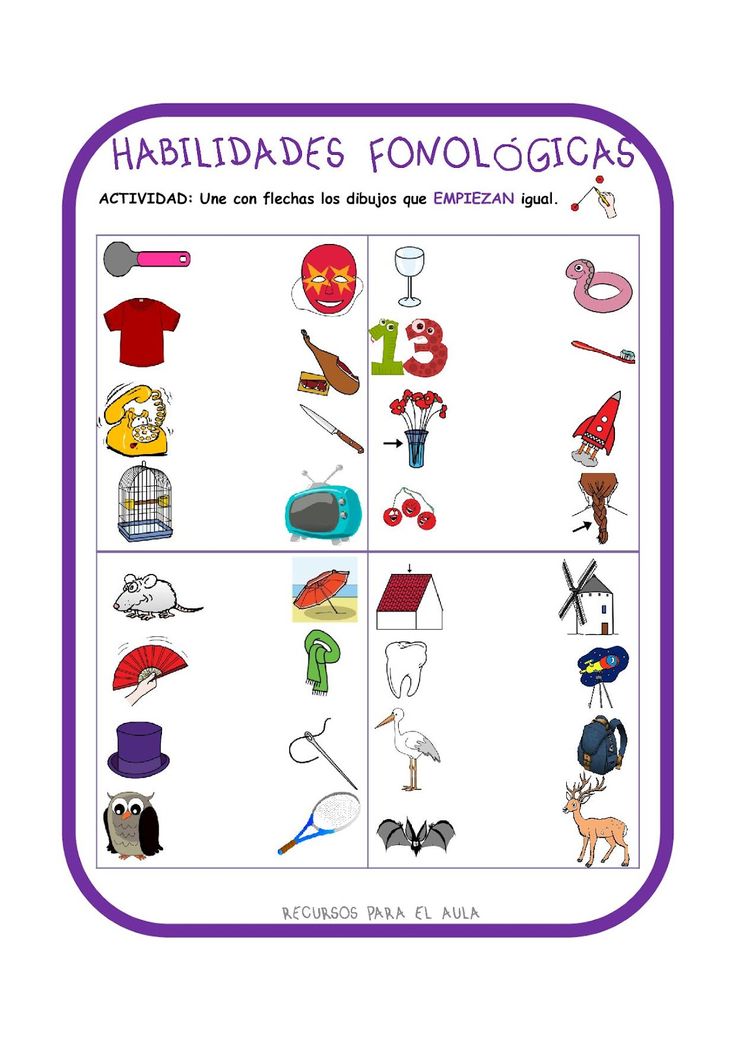 For example, isolating the beginning sound in the word MAT (/m/). Sometimes the first letter doesn’t match the sound (ex: ship). Remember, we are focusing on phonemes (sounds) rather than graphemes (letter representations).
For example, isolating the beginning sound in the word MAT (/m/). Sometimes the first letter doesn’t match the sound (ex: ship). Remember, we are focusing on phonemes (sounds) rather than graphemes (letter representations).
- “When I say. . . “- Say a word and have students say just the beginning/ middle/ ending sound in the word. Make it into a song! Start each with the phrase, “When I say CAT, you say (kids say /K/), CAT, /k/, CAT, /k/!” (Tribute to DJ Kool here! #iykyk)
Blending individual sounds together to say a word.
- “Code Words”-One of our favorite phonological awareness games! Say the sounds in a word and have kids call out the word. This could be an item around the room, a snack kids are eating, kids’ names, or words in a category, i.e; body parts. This can also be used to blend syllables or onset/ rime.
- Talk “whale”- Seen Finding Nemo? It’s one of my favorite movies, probably because I can relate so well to Dory’s poor memory! 🤣 I also love to speak “whale” (very slowly) and have kids blend the sounds to say the word quickly.
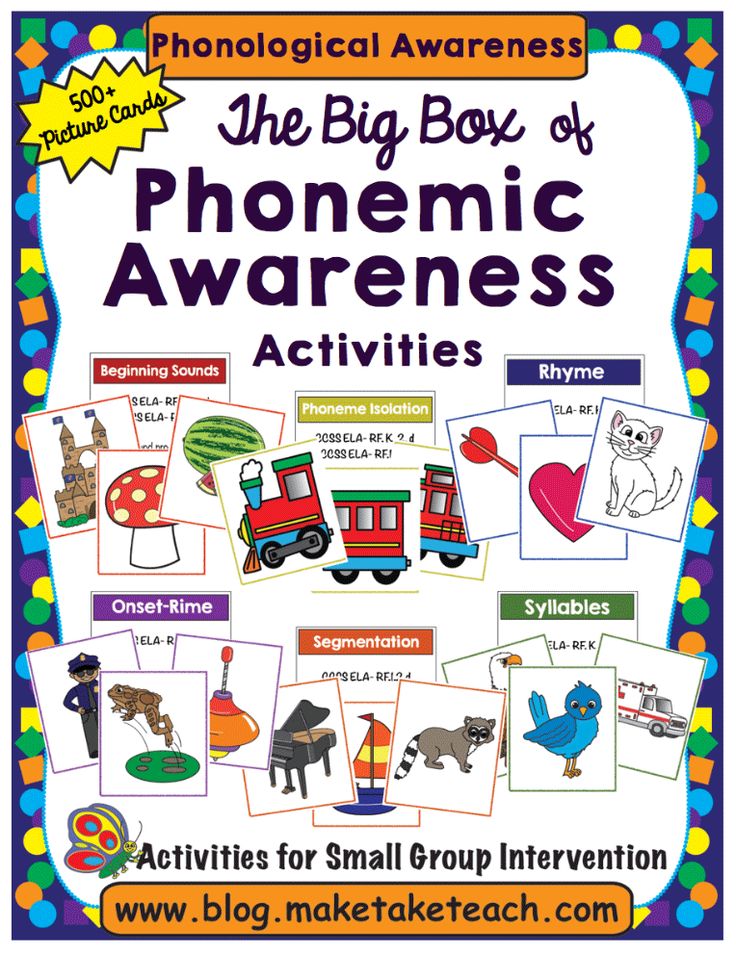 Read more about speaking whale for sounding out words here.
Read more about speaking whale for sounding out words here.
The opposite of blending, segmenting is separating the sounds in a word.
- Hop to it- Show a picture of an object and have kids hop for each sound. For example, show a pig, kids say /p/,/i/,/g/, hopping 3 times. In my room, we had a rug with squares so kids hopped on a new square for each sound.
- Bounce to it- Same as above but bounce a ball once for each sound or syllable.
- Use manipulatives- Have kids move a manipulative for each sound. For example, move counters into Elkonin boxes, smash balls of play-doh, or just make it tactile by tapping dots.
- Read this post for syllable games and tips for teaching syllable division
Although blending and segmenting are the most popular types of phonemic awareness activities.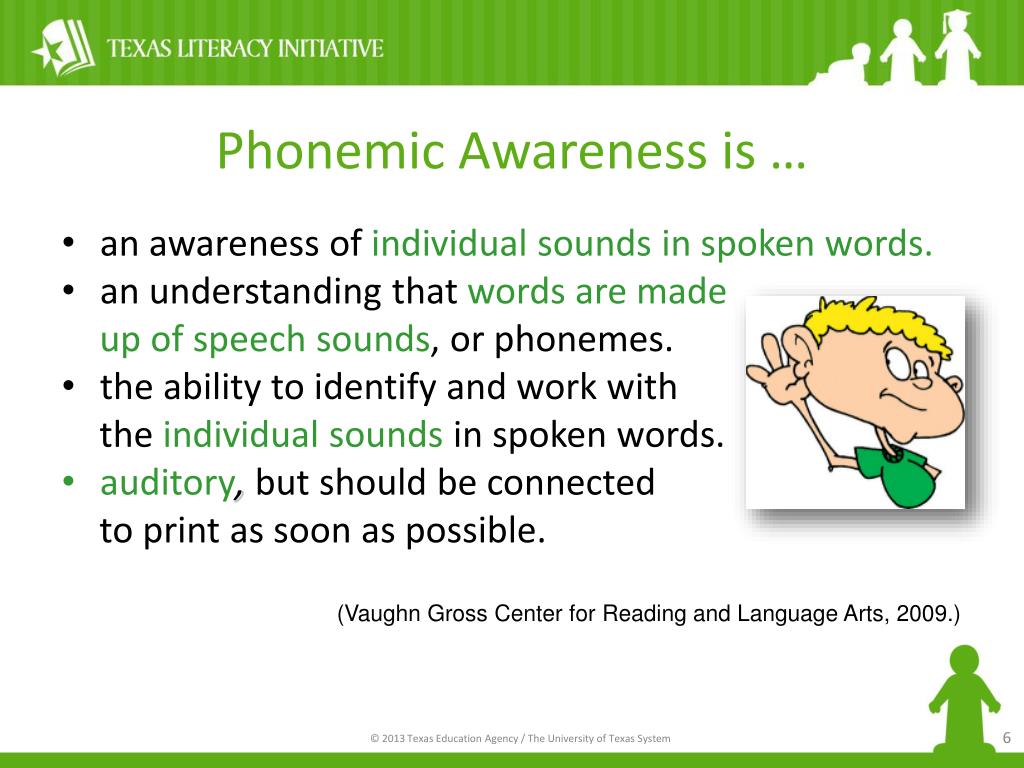 it’s helpful for kids to continue with these more are advanced skills:
it’s helpful for kids to continue with these more are advanced skills:
- Phoneme Addition: Adding a sound to the beginning or end of a word (ex: star + /t/ = start)
- Phoneme Deletion: Omitting a sound (ex: start – /t/ = star)
- Phoneme Substitution: Changing a sound (ex: Change the /t/ to /m/ in start = smart)
The Hungry Thing by Jan Slepian is one of my favorite books for phoneme substitution! Print out the food cards from the freebie and place them on a pocket chart, then cut an oval for a dish. Ask kids to make you a breakfast plate with shmancakes, mapples, and wattles (pancakes, apples, and waffles).
It can be hard coming up with examples to use for each of the activities above, but in my Phonological Awareness Bundle, I include skill cards that can be printed or displayed on a whiteboard for whole-group practice.
If you are looking for a way to incorporate more phonological and phonemic awareness into your instruction, it’s a great resource to have! Besides the skill cards, it also includes quick warm-ups you can do during your small-group reading or for whole-class practice. Each warm-up has 3 activities with lots of words to use (meant to be used across several sessions, a few words at once).
Each warm-up has 3 activities with lots of words to use (meant to be used across several sessions, a few words at once).
*Intervention tips for students who struggle with each task are included as well.
In addition, I made practice pages for each skill that you can use for even more practice or as quick assessments.
I don’t know about you, but when I have things organized and ready-to-go, I’m much more likely to use them, so having everything in one place is a huge help!
ConclusionPhonological awareness is one of the best predictors of reading success, so it’s essential to have a plan in place for explicit instruction and plenty of practice. Using games to engage your students in practicing these skills makes learning more fun for them, and teaching more fun for you. I hope you got some ideas for implementing phonological awareness games in your classroom!
Games for the development of phonemic hearing, tasks with pictures and exercises for preschoolers
Contents of the article
- Phonemic hearing and features of its development in children
- Games and exercises for the development of phonemic hearing
- Talking toys
- Who said “meow”?
- Musical hide and seek
- Funny pictures
- Lost words
- What is missing?
- Zaikin's piggy bank
- What does a tailor cut out of?
- We turn into words
- Calculate and name
- Verbal chain
- Deaf and sonorous
- solid and soft
- heard - clapped
- Swate 9000 to hear well, to clearly catch the sounds in words.
- recognize the sounds of the native language;
- compare and catch the difference between them;
- accurately reproduce.
- with which it begins;
- latest;
- second;
- penultimate;
- any other number from the beginning or from the end.
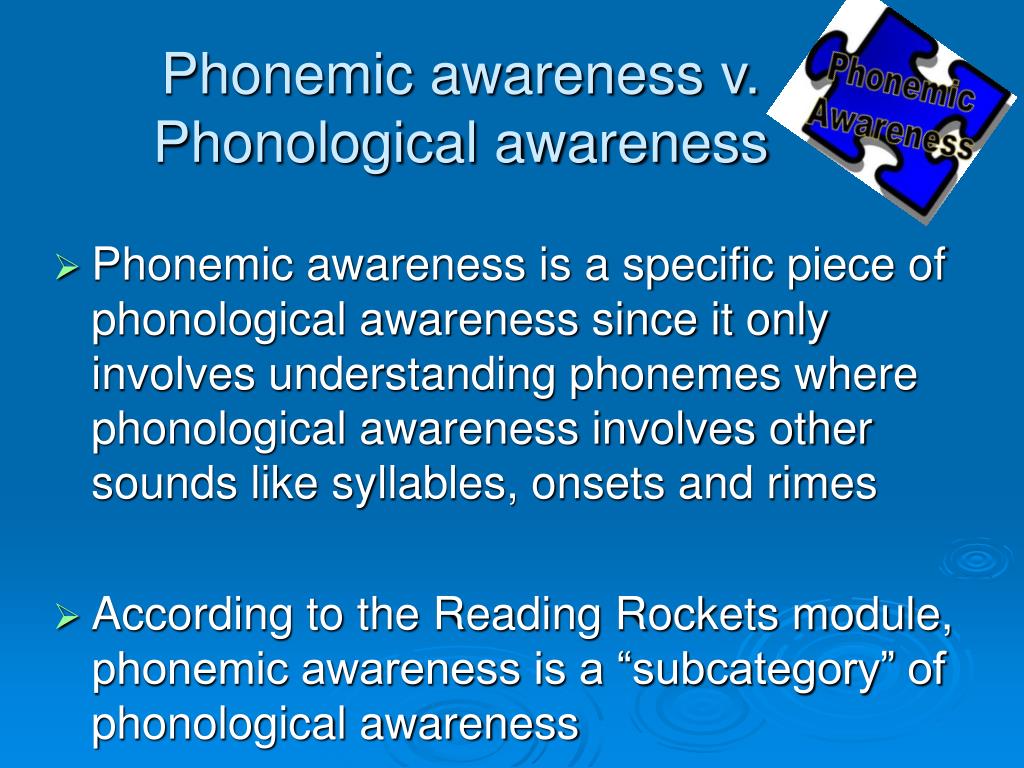 Phonemic hearing games help children learn to distinguish all the phonemes necessary for perfect mastery of their native language, and subsequently for successful learning of a foreign language.
Phonemic hearing games help children learn to distinguish all the phonemes necessary for perfect mastery of their native language, and subsequently for successful learning of a foreign language.
Phonemic hearing and features of its development in children
The ability to hear begins to manifest in the fetus already in the second trimester of pregnancy, and at the age of a few weeks, you can notice the baby's reaction to speech. From the first days of life in the brain of a newborn, active work begins on the formation of phonemic hearing - a skill that is inherent only to a person, and includes the following skills:
The unique ability to express one's thoughts with the help of words is considered innate, but the cases of Mowgli children described in science prove that if a child does not hear human speech in the first 5-6 years of life, then it is almost impossible to teach him to speak. This means that the more you talk with the baby from birth, the faster and better his phonemic hearing will develop.
This means that the more you talk with the baby from birth, the faster and better his phonemic hearing will develop.
Funny words spoken by children aged 1 to 2 or even 3 directly reflect the process of complex phonemic “tuning” of the brain. For example, practically no one ever makes a mistake in the word “mother”, because it is as simple as possible both for capturing and for reproducing. But instead of the word “dog”, the child may well say “babaka”, because the sound [b] precedes the shock [a], and the brain fixes it as a priority. Over time, when a new word becomes familiar, the baby will begin to recognize the nuances by ear and try to correct mistakes. Therefore, it is important for adults to speak with the child correctly and not to lisp, although it can be very difficult to resist repeating funny words after a small linguist.
To help your child understand what sounds he is pronouncing incorrectly, first clearly repeat his version of the problem word, and then the correct one.
This will make the difference more obvious.
Games and exercises for the development of phonemic hearing
Classes for the development of phonemic hearing involve not only working with words and text. It is also necessary to train the recognition of non-speech sounds - everyday and natural. This is especially true for toddlers who are not yet ready for verbal exercises.
Talking toys
Suitable for children 2-3 years old. You need to pick up a few toys that are well known to the child, producing various sounds: a rattle, a squeaker duck, a music book, a clockwork monkey. The kid turns away, and the adult activates one of the items. The child must determine by ear which of the toys made a sound, and point to it. This is the easiest stage, and if it does not cause difficulties, it is time to complicate the game. Now not one, but two or more toys "talk" in turn or at the same time, and the baby will have to try to hear them all.
The more varied the sounds, the easier it will be to distinguish them, therefore, to listen at the same time, you need to choose noises of different origin, for example, a rubber squeaker and a rattle.

Who said meow?
This game can be played by several people, children or adults. The kid turns away, and everyone else sits behind him in a semicircle, depicting kittens, one of which meows. The child turns and shows who, in his opinion, said "meow".
If there are only two players, the rest can be replaced by toys. In this case, the adult will have to meow alone for different kittens, changing their location. This will complicate the game, as the child will no longer be able to focus on the belonging of familiar voices.
Musical Hide and Seek
Another useful activity for the little ones to develop the ability to identify the source of a sound. For him, you will need any singing toy or even your mother's smartphone. The child closes his eyes, and the adult hides the object in an accessible place and turns on the music. Focusing on hearing, the baby must find where the melody comes from. Good children's songs in English or another foreign language that the child will need in the future will help to complement the learning effect.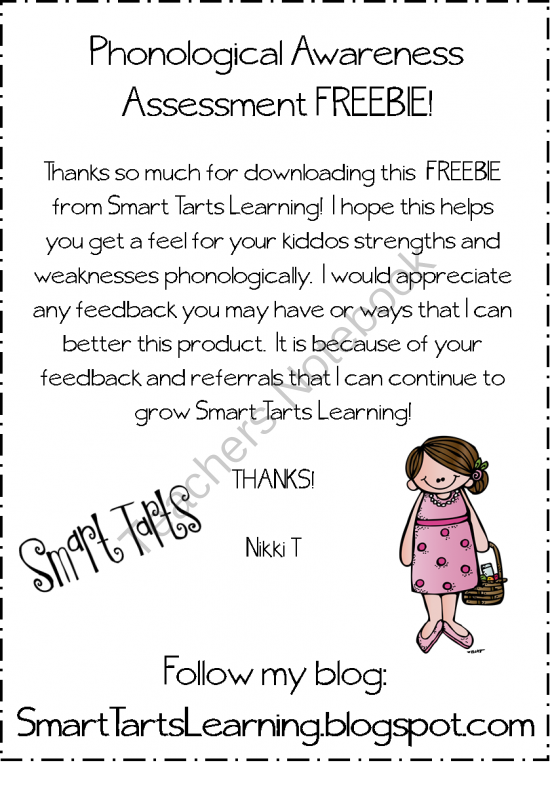
Start learning a foreign language at the age of 2-3. By this age, the child already has time to learn the phonetic system of the native language, but is still able to easily reproduce the sounds characteristic of other languages.
Funny Pictures
Starting from the age of 3, when there is an accelerated expansion of the child's vocabulary and the improvement of coherent speech, more attention should be paid to exercises for the correct perception and pronunciation of words. A game with pictures that show objects with consonant names will help identify and correct possible errors. The host says the word, and the children show the corresponding image (cat or whale, house or catfish).
Speech therapists distinguish a number of typical phonemic errors, for example, children often replace [m] with [n] in words (“konpot”, “tranway”, “computer”) or [k] with [t] (“tutla”, “ tutushka"). Such violations are easy to identify by showing the child the appropriate pictures.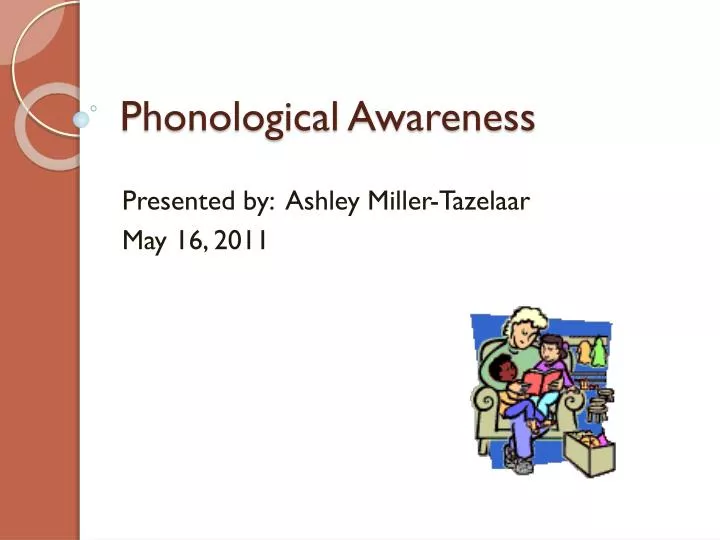
Lost words
For this game, you need to pick up some funny poems in which it is easy to replace words with consonants. For example:
Snow fell on the threshold,
The cat baked cottage cheese for himself.
Or:
We didn't eat, we didn't drink,
They drowned the snow woman.
Children must hear the substitution and correct the leader. The funnier the poem turns out, the more successful the game will be for preschoolers.
What is missing?
The teacher shows a picture to a child or a group of children and says its name, omitting the first letter: “(z)ayka”, “(r)omashka”, “(k)apusta”. Children must guess what sound is missing and pronounce it, and then the whole word. In the same way, you can play with the last letter: “tail (t)”, “tree (o)”, “fat (f)”.
In individual lessons, you need to choose words that the child can fully pronounce clearly.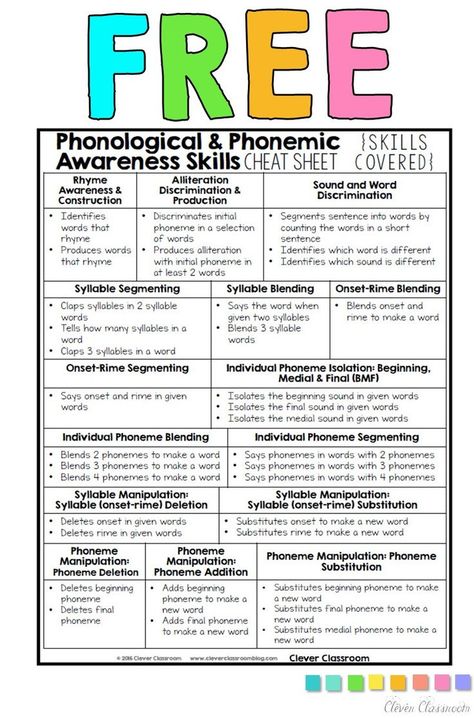
If the baby has problems pronouncing any sounds, it is easy to focus the exercise on them, but only at the stage of automation.
Bunny piggy bank
The host tells the children that the bunny is going to the store, but instead of money they are asked to name words that begin with letters that make up the names of the necessary things. Bunny needs a bow, so you need to remember as many words as possible for the letter “l”, then for “y” and for “k”. After several similar exercises, the host says that the bunny bought a few more secret items and invites the children to solve them. To do this, he shows a series of pictures, from the names of which you need to select the first sounds and make a word from them. For example: "bear", "anchor", "turtle", "ball".
What does a tailor cut out of?
The game is suitable for children of middle and senior preschool age. The leader, sitting at a table with a closed front side, puts several sheets of ornamental materials on his knees: cardboard, ordinary thin paper, tracing paper, foil.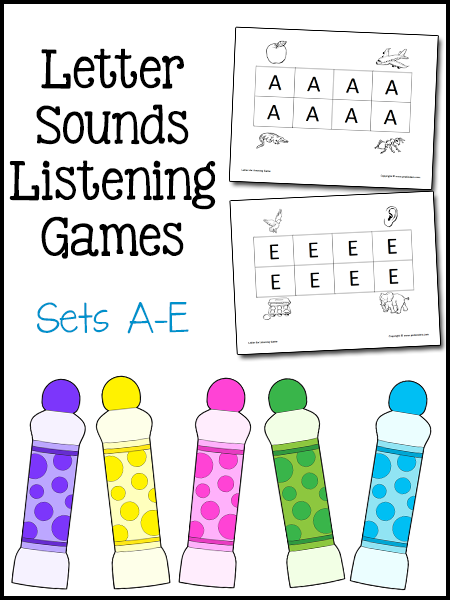 Having announced that he is going to cut clothes, the teacher takes one sheet and begins to cut it with scissors, hiding it under the table top. Children listen carefully and determine what it sounds like.
Having announced that he is going to cut clothes, the teacher takes one sheet and begins to cut it with scissors, hiding it under the table top. Children listen carefully and determine what it sounds like.
If this task is too difficult, you can do without scissors, just rustling under the table with craft materials.
Turning into words
The facilitator calls two children and gives them a tablet, each with one syllable written on it, for example, "ka" and "re". The rest of the children should tell them how to stand up to get the word "river". After several exercises with two-syllable words, if there are no difficulties, you can move on to three-syllable ones.
An interesting variant is a team game. In this case, all participants receive tablets with syllables and are divided into two parts. The players of each team make up as many different words as possible from the available syllables, and the teacher fixes them on the board and keeps score, determining the winner.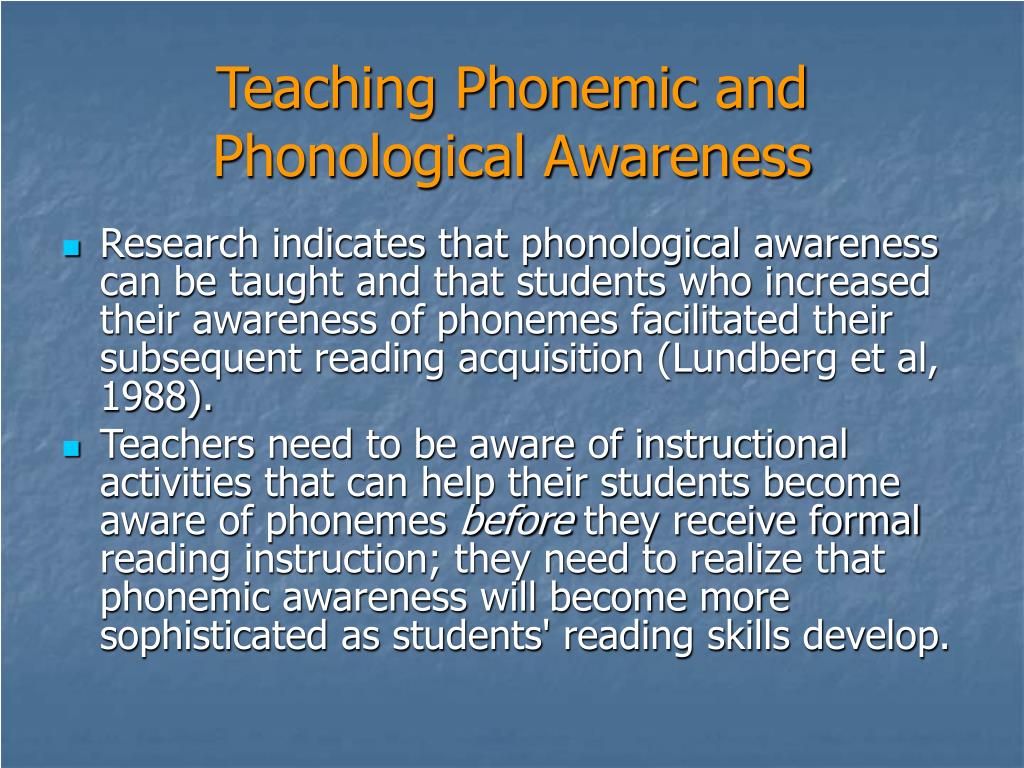
Count and name
An adult clearly pronounces a word familiar to the children (several times if necessary) and invites them to name the letters:
The difficulty of the game is easy to adjust by selecting words of different length and composition, so it is suitable for preschoolers of any age and even younger students.
Word chain
Variant of the previous exercise. Children take turns calling words so that each new word begins with the last letter of the previous one. The host controls this process, intervening at his own discretion and giving the task to find a word not for the last, but for the penultimate, second or other letter in a row. Moreover, if in the original word the desired letter denotes a soft sound, then the new one should also begin with a soft one.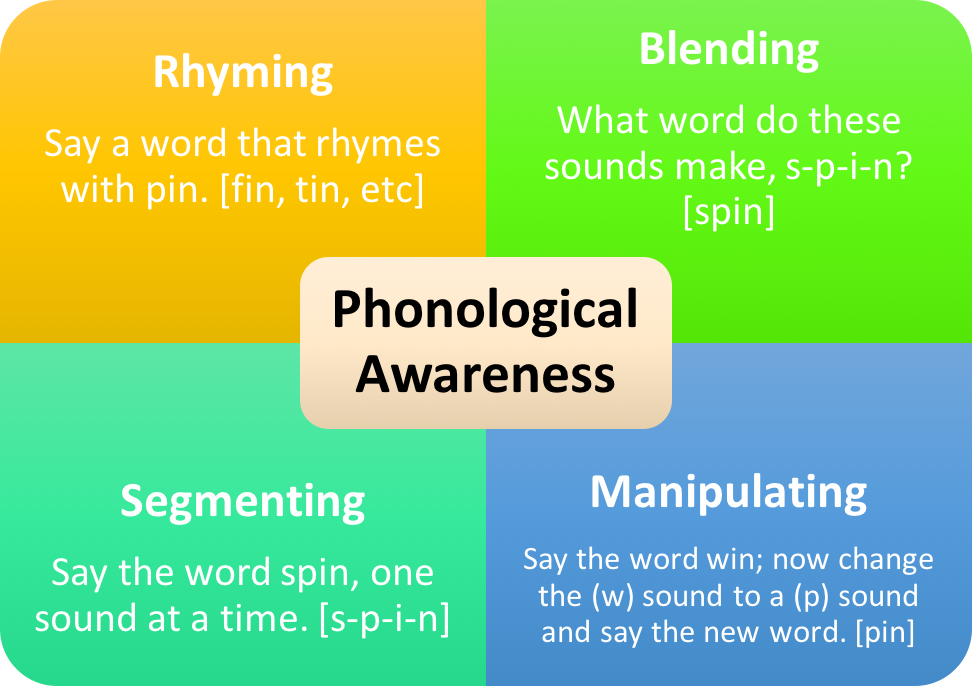
voiceless and voiceless
The exercise helps children to catch and consolidate the difference in the sound of voiceless and voiced consonants. Its essence is to invite children to replace the corresponding sounds in words. To make the process more interesting, and therefore more productive, the teacher needs to prepare sentences with words suitable for the purpose of the game and pictures illustrating them. For example, the host says: “The fisherman went to the river and took with him ... a duck!” Or he shows the image of the baby: “Vanyusha is very small, he has only one ... cat!” At the end of the phrase, you can show a painted or toy kitten.
Hard and soft
The game is similar to the previous one, only here the hardness and softness of sounds are practiced. Children should correct the host, who makes deliberate mistakes in words, softening hard sounds, or vice versa: “The sun (s) is shining in the sky”, “Mom threw vermicelli (s) into the soup”.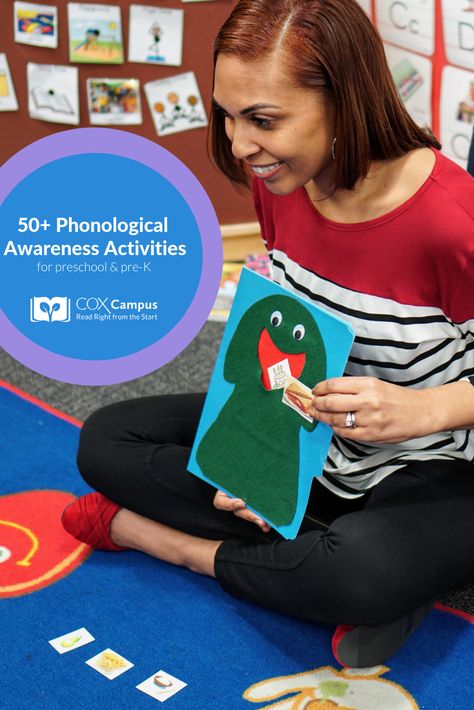
The exercise should be done at a fast enough pace for the children to hear and correct as many words as possible, exercising automatic switching between sounds.
For this game, it is not necessary to select pairs of words in which the presence or absence of a soft sign changes the meaning, so there is no need to use pictures.
Heard - clapped
The facilitator agrees with the children that he will now read them a fairy tale (or just a series of unrelated words), and they will have to clap their hands as soon as they hear a word starting with a certain sound . In addition to phonemic hearing, the game trains the attention and reaction of the participants. The teacher can ask the children to clap for a soft sound, and when they hear a hard sound, they stomp, the same rule is also suitable for deafness-voicedness (“ p eka" and " p oz", " b butterfly" and " p anama").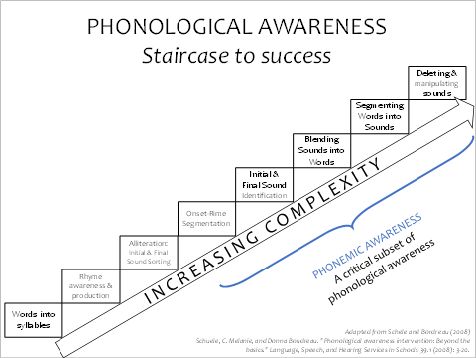
Sing the vowels
The leader says a word of 2 or more syllables, and the children repeat only vowels, and at first there should be no iotized letters in the examples, and the sound [o] should be stressed. Gradually, the tasks become more difficult: soft and hard vowels alternate, words with unstressed “o” and “e” are introduced: “kolobok”, “wind”. The exercise helps to learn how to divide words into syllables, and subsequently gives an idea of diphthongs and the difference in pronunciation of the same vowels in different positions.
During or after the game, discuss with the children why vowels are called vowels and what they have in common with singing.
Investigators
Continuation of the previous game. The host lays out 3-4 cards with pictures of “suspects” in front of the children and clearly pronounces only the vowels of the hidden word. According to this sign, the guys find the correct image, the name of which was encrypted by the teacher.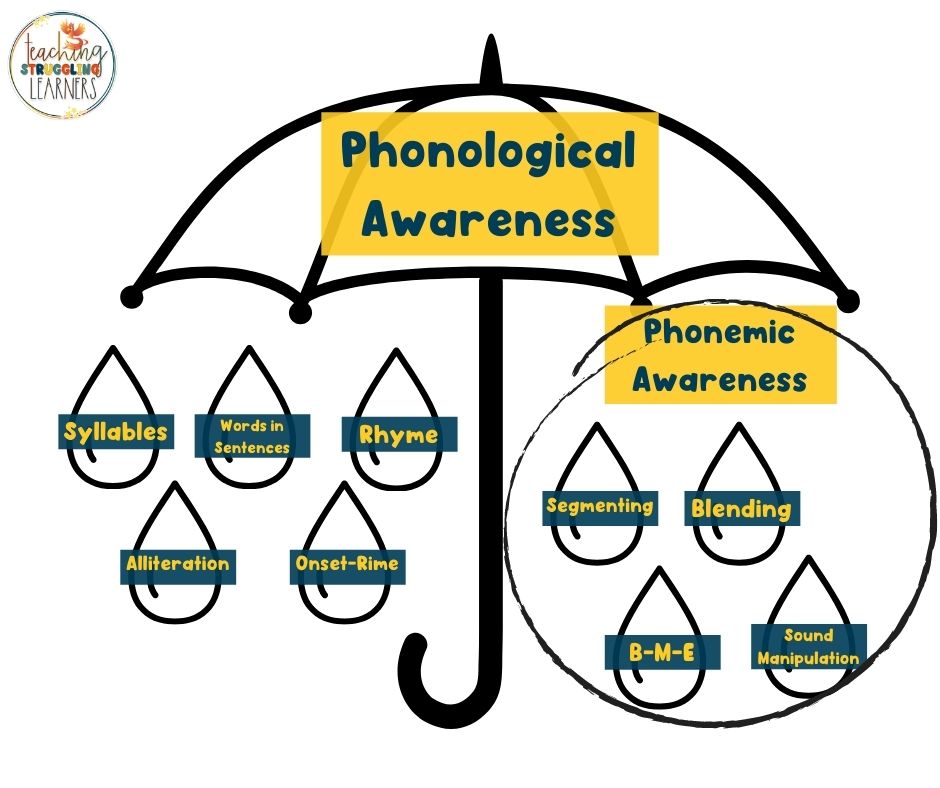 A more complicated option is without pictures, when children have to pick up as many words as possible for a given combination of vowels: “a-a” (“stick”, “paw”), “u-a” (“magnifying glass”, “hand”).
A more complicated option is without pictures, when children have to pick up as many words as possible for a given combination of vowels: “a-a” (“stick”, “paw”), “u-a” (“magnifying glass”, “hand”).
It is undesirable to use the unstressed letter “o” in this game, since later it may negatively affect the literacy of the letter.
Experts believe that imperfect phonemic hearing in babies under 2-3 years old is normal. But if problems with speech remain even after reaching this age, it is necessary to contact a speech therapist who will identify the cause of the defect and give appropriate recommendations. The sooner you start classes with your child, the easier it will be to correct sounds that are difficult to pronounce.
MBDOU "Kindergarten №10 "Goldfish"
FORMATION OF PHONEMATIC PROCESSES
Didactic games for the formation of phonemic processes
The use of game technologies in the work on the formation of phonemic processes in children of senior preschool age in a logopoint and at home
To overcome phonetic and phonemic disorders, it is necessary to develop phonemic perception and hearing.
Phonemic hearing - the ability to hear speech, phonemes. Phonemic hearing is essential for mastering the sound side of the language; phonemic perception is formed on its basis.
Phonemic perception is the ability to distinguish speech sounds and determine the sound composition of a word.
- developed phonemic processes are an important factor in the successful development of the speech system as a whole.
- unformed phonemic hearing negatively affects the formation of sound pronunciation, the child not only poorly differentiates some sounds by ear, but also does not master their correct pronunciation.
- violation of phonemic perception leads to specific pronunciation deficiencies, which indicates the incompleteness of mastering the sound side of the language, negatively affects the formation of children's readiness for the sound analysis of words, causes difficulties in mastering reading and writing.
Formed phonemic perception is the key to clear pronunciation of sounds, building the correct syllabic structure of words, the basis for mastering the grammatical structure of the language, successful mastering of writing and reading skills, therefore it is the basis of the entire complex speech system.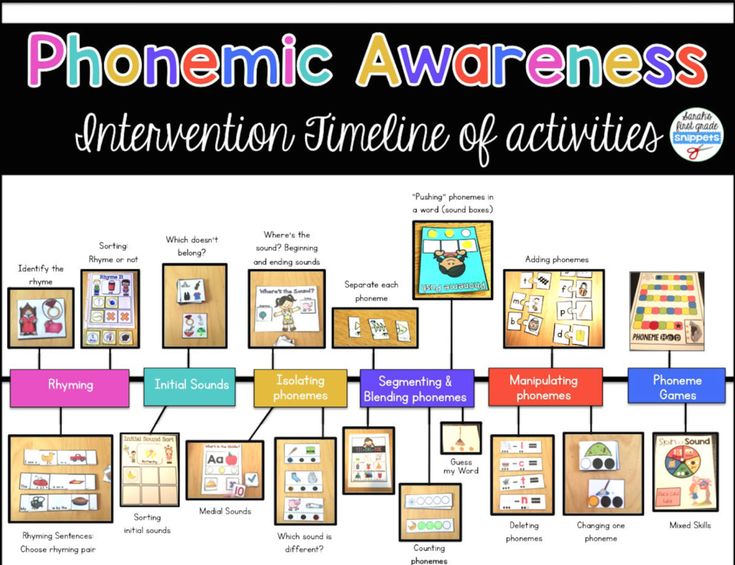
Sound pronunciation is closely related to speech hearing. To do this, it is necessary to form good diction in children, that is, the mobility of the articulatory apparatus, which ensures a clear and distinct pronunciation of each sound separately, as well as the correctness and continuity of pronunciation.
The child must be aware of the sound structure of the language - this is the ability to hear individual sounds in a word, to understand that they are arranged in a certain sequence. A child with a lack of pronunciation does not have this readiness.
Game is the leading type of activity at preschool age.
With the help of game means, a game situation is created, the knowledge of children is updated, the rules are explained, additional stimulation of game and speech activity is formed, conditions are created for the emergence and strengthening of cognitive motives, the development of interests, a positive attitude towards learning is formed.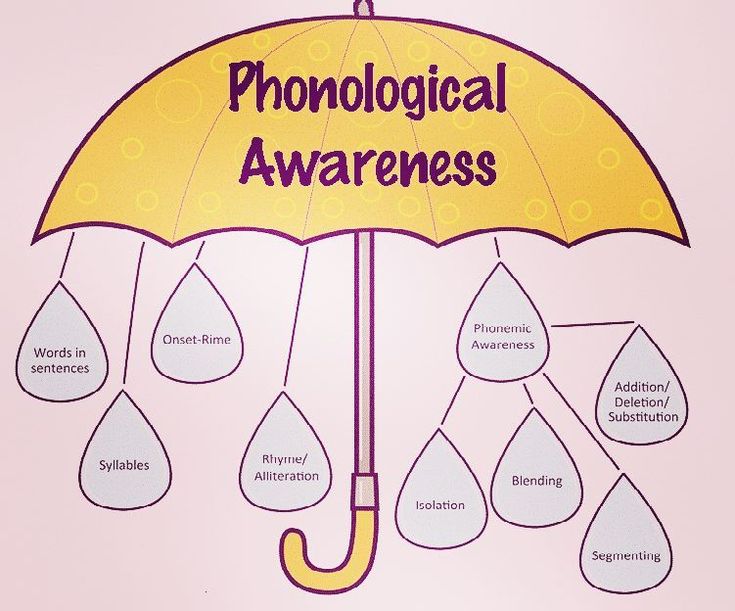
The use of gaming technologies in the work of a speech therapist can improve the success of teaching children with speech disorders.
To determine the direction of correctional work, it is necessary to carefully examine the phonemic processes of children enrolled in the logopoint. Without a thorough examination of phonemic hearing, effective corrective work is impossible.
Analysis of the state of phonemic perception in children of the MBDOU "Kindergarten No. 10 "Golden Fish", enrolled in the speech center, in the 2015-2016 academic year, showed that out of 22 children, the majority of children had phonetic-phonemic underdevelopment of speech.
Children experienced difficulty in repeating the rows of their 3 syllables with consonant sounds, oppositional in voiced-deafness. Among the mistakes, there were substitutions and mixing of sounds, a change in the structure of the series, the transfer of syllables and words from the previous series to the spoken one.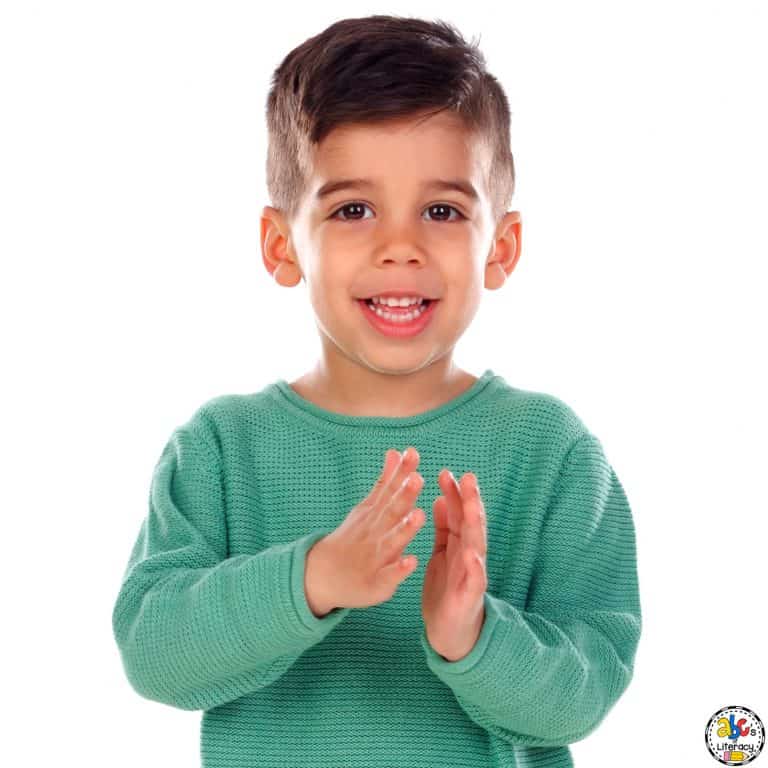
When recognizing a given sound in a number of other sounds, the pupils coped with the task, difficulties were noted in recognizing a given sound in a number of syllables. Recognizing the sound in a series of words was too difficult for children.
From all of the above, we can conclude:
1. A low level of development of phonemic perception was revealed in children. They are characterized by impaired perception not only of sounds that are disturbed in pronunciation, but also of correctly pronounced ones. Differentiation of consonants, oppositional in voicedness-deafness, is more difficult for children than distinguishing consonants in hardness - softness, in place and method of formation.
2. The greatest difficulties were caused by tasks for recognizing a given sound in syllables and words, as well as tasks for distinguishing between the correct and incorrect sounding of words and phrases.
3. The formation of phonemic perception in pupils is secondarily influenced by shortcomings in sound pronunciation, as well as a low level of development of speech attention.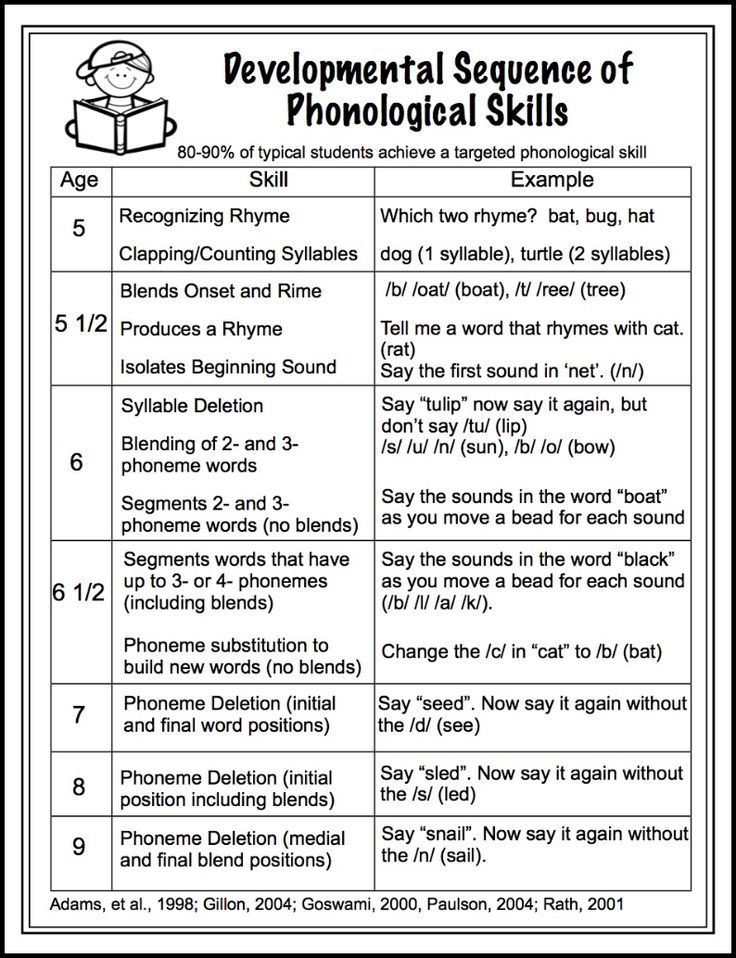
Outlined corrective work to overcome violations of the development of phonemic perception in children of older preschool age with phonetic and phonemic underdevelopment of speech in a preschool speech therapy center in three stages. At each stage, she determined the use of games and game techniques to increase the effectiveness of corrective action. It is advisable to use these games at home for all children.
Stage 1 (preparatory) - development of non-speech hearing.
At this stage, exercises are carried out to distinguish between non-speech sounds. Such exercises contribute to the development of auditory memory and auditory attention, without which it is impossible to teach a child to listen to the speech of others and differentiate phonemes. At this time, physical hearing works.
Games used in correctional work at the 1st stage.
- distinction of non-speech sounds.
Silence game
Children "listen to silence" with their eyes closed.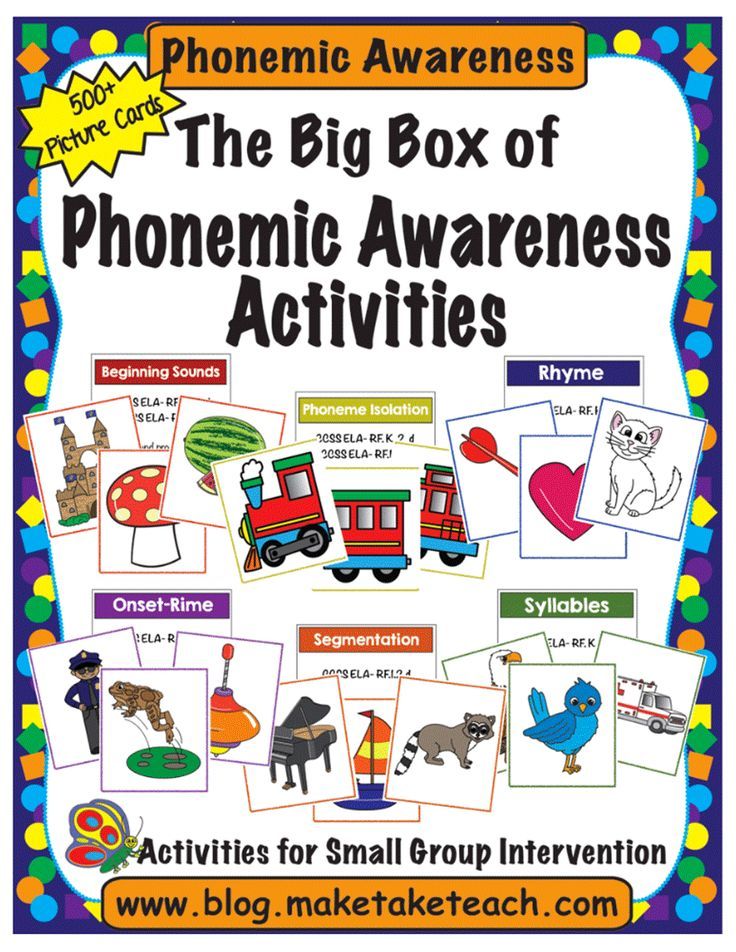 After 1-2 minutes, the children are invited to open their eyes and tell what they heard.
After 1-2 minutes, the children are invited to open their eyes and tell what they heard.
Guess what I'm playing
Purpose: development of the stability of auditory attention, the ability to distinguish an instrument by ear by its sound.
Speech therapist (adult) puts musical toys on the table, calls them, extracts sounds. Then he invites the children to close their eyes (“night has come”, listen carefully, find out what sounds they heard.
Find out by sound game
Various objects and toys that can make characteristic sounds: (wooden spoon, metal spoon, pencil, hammer, rubber ball, glass, scissors, alarm clock)
Noise jars game.
Purpose: to exercise in determining the type of cereal by ear.
- differentiation according to the method of reproduction (claps, stomps)
Game “Where did you slam? ”, Game “Where they called”
Purpose: development of the focus of auditory attention, the ability to determine the direction of sound.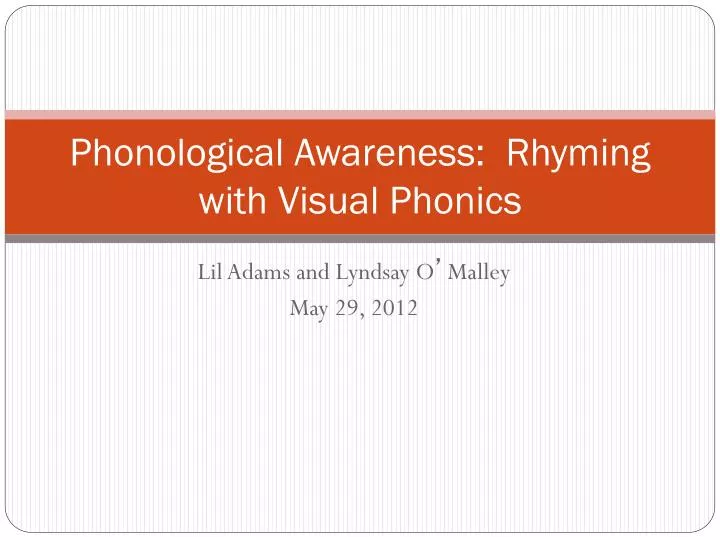
This game requires a bell or other sounding object. The child closes his eyes, you stand away from him and call softly (rattle, rustle). The child should turn to the place where the sound is heard, and with his eyes closed, show the direction with his hand, then open his eyes and check himself. You can answer the question: where does it ring? - left, front, top, right, bottom. A more complex and fun option - "blind man's buff".
- tempo differentiation (fast - slow)
"Who is faster?"
- rhythm differentiation (rhythmic patterns)
Game "Polyanka".
Purpose: to recognize the rhythmic pattern.
Wild animals have gathered in the clearing. Each of them will knock differently: the hare-1 time, the bear cub-2 times, the squirrel-3 times, and the hedgehog-4 times. By knocking, guess who came to the clearing.
- differentiation by sound strength (loud - soft)
High-low game
Children walk in a circle. The musician reproduces low and high sounds (on the piano). Hearing high sounds, the children rise on their toes, hearing low sounds, they squat.
The musician reproduces low and high sounds (on the piano). Hearing high sounds, the children rise on their toes, hearing low sounds, they squat.
Quiet-loud game
It is carried out similarly to the previous one, only sounds are produced either loudly or softly. Children also correlate the nature of sounds with differentiated movements.
Stage 2 - development of speech hearing.
Games used in correctional work at stage 2.
- Distinguishing identical words, phrases, sound complexes and sounds by pitch, strength and timbre of voice
Blizzard game
Purpose: to teach children to change the strength of the voice from soft to loud and from loud to quiet with one exhalation.
- The blizzards were covered and they began to sing their songs: sometimes quiet, sometimes loud.
The game "The wind is blowing".
Purpose: change the strength of the voice, the ability to use a loud or quiet voice depending on the situation.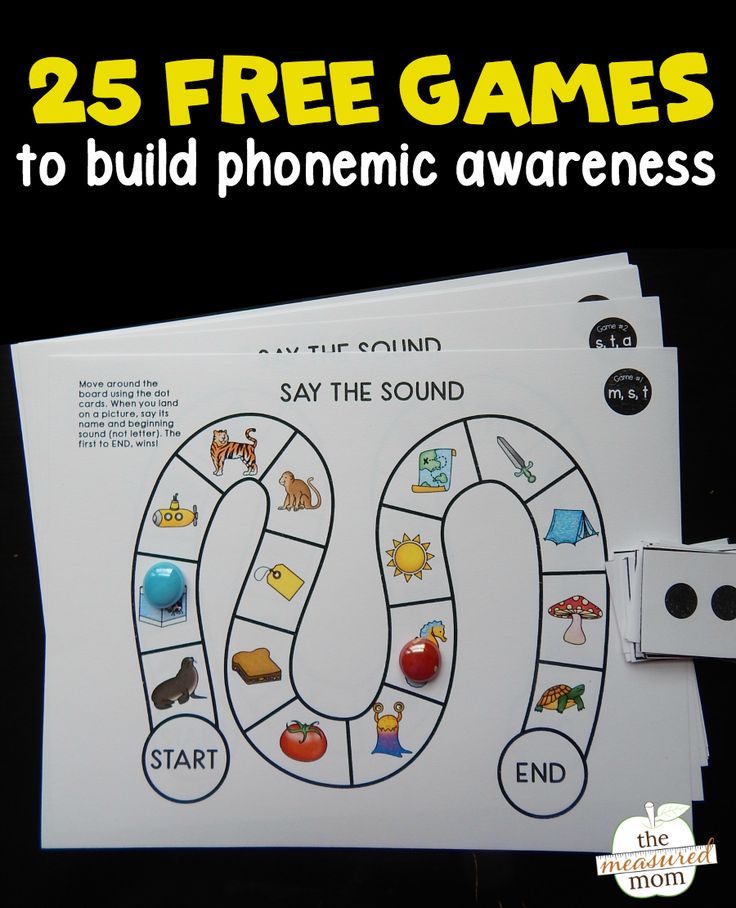
A light summer breeze is blowing: woo (quietly)
A strong wind blew: Oooo (loudly) Pictures can be used.
Loud-quiet game.
Purpose: development of the ability to change the strength of the voice: speak either loudly or quietly.
Paired toys: big and small. Big ones say words loudly, small ones - quietly.
Game "Three Bears".
Purpose: development of the ability to change the pitch of the voice
Changing the pitch of the voice, ask the child to guess who is speaking: Mikhailo Ivanovich (low voice, Nastasya Petrovna (medium voice) or Mishutka (high voice).
Say one of the phrases for a bear, a bear and a bear cub in a voice that changes in pitch.
Game "Close - far".
Speech therapist (adult) makes various sounds. The child learns to distinguish where the steamer is buzzing (oooh) - far (quietly) or close (loudly). Which pipe is playing: big (ooo in a low voice) or small (oooo in a high voice).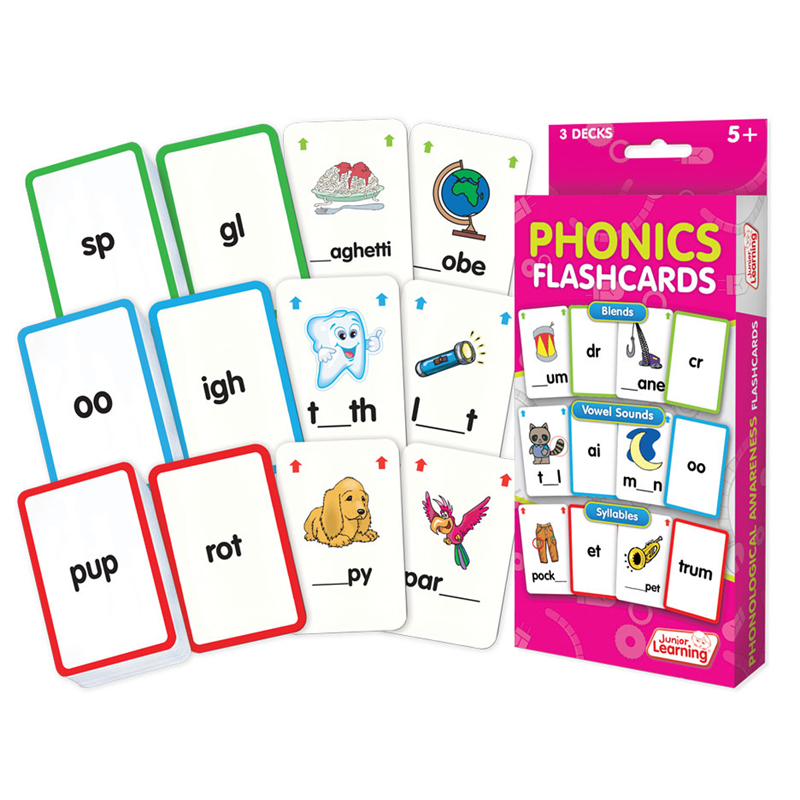
- differentiation of words similar in sound composition:
Right-Wrong game.
1 option. A speech therapist (adult) shows the child a picture and loudly, clearly calls what is drawn on it, for example: "Vagon". Then he explains: "I will call this picture right or wrong, and you listen carefully. If I make a mistake, clap your hands.
2 option. If the child hears the correct pronunciation of the object shown in the picture, he must raise the green circle, if incorrectly - red.
Baman, paman, bana, banam, vavan, davan, bavan.
Vitanin, mitavin, phytamine, vitanim, vitamin, mitanin, phytavin.
Listen and choose game.
In front of the child, pictures with objects whose names are similar in sound:
cancer, varnish, poppy, tank
juice, bough
house, room, scrap, som
goat, scythe
puddles, skis
bear, mouse, bowl
The speech therapist names 3-4 words in a certain sequence, the child selects the corresponding pictures and arranges them in the named order.
Game” “Which word is different? ".
Of the four words spoken by an adult, the child must choose and name the word that differs from the others.
Com-com-cat-com
Ditch-ditch-cocoa-ditch
Duckling-duckling-duckling-kitten
Booth-letter-booth-booth
Screw-screw-bandage-screw
Minute-coin-minute-minute
Buffet-bouquet-buffet-buffet
Ticket-ballet-ballet-ballet
Dudka-booth-booth-booth
- differentiation of syllables
Same or different game.
A syllable is said in the child's ear, which he repeats aloud, after which the adult either repeats the same or says the opposite. The task of the child is to guess whether the same or different syllables were pronounced. Syllables must be selected those that the child is already able to repeat correctly. This method helps to develop the ability to distinguish sounds uttered in a whisper, which perfectly trains the auditory analyzer.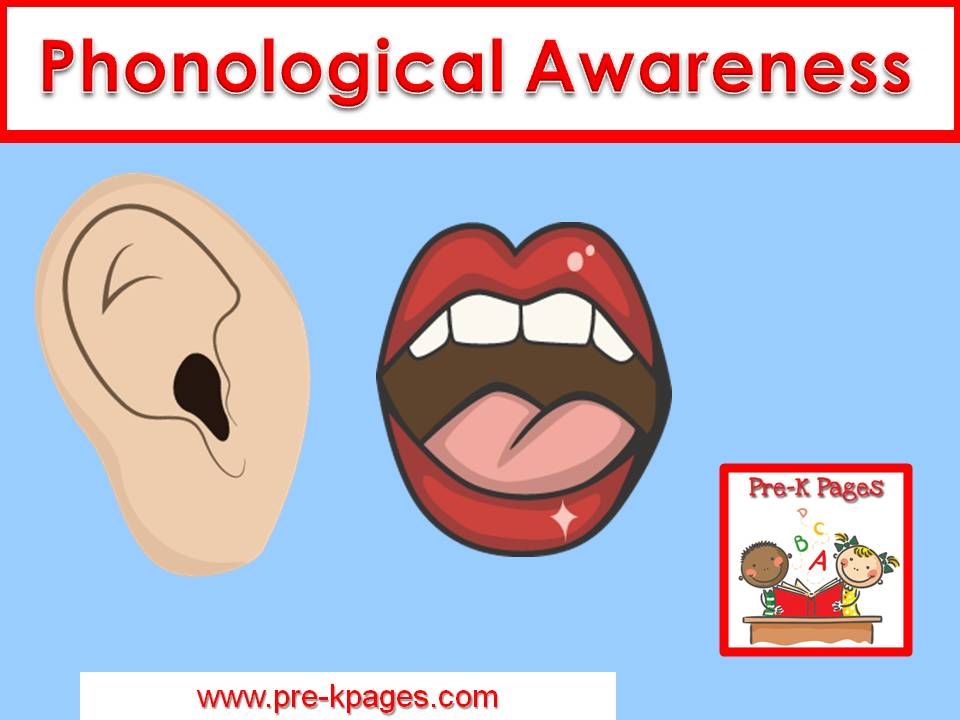
Let's clap game.
An adult explains to a child that there are short and long words. He pronounces them, intonation separating syllables. Pronounces words together with the child (pa-pa, lo-pa-ta, ba-le-ri-na, slapping syllables. A more difficult option: invite the child to independently slap the number of syllables in the word.
Game “What is superfluous? ".
The speech therapist pronounces the rows of syllables "pa-pa-pa-ba-pa", "fa-fa-va-fa-fa" ... The child should clap when he hears an extra (different) syllable.
Alien Game
Purpose: differentiation of syllables.
Equipment: alien hat.
Hod: Guys, a lunatic came to us from another planet. He can't speak Russian, but he wants to make friends and play with you. He speaks and you repeat after him. PA-PA-PO... MA-MO-MU... SA-SHA-SA... LA-LA-RA... First, the role of an alien is played by an adult, then by a child.
- differentiation of phonemes.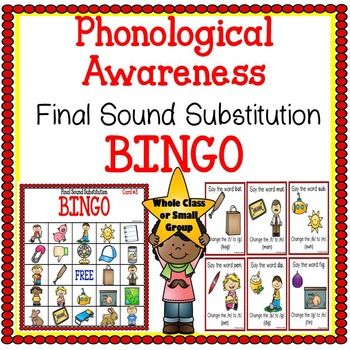
Recognition of a sound against the background of other sounds, against the background of a word.
- selection of vowels from a number of sounds.
- recognition of vowels against the background of a syllable and monosyllabic words.
- recognition of vowels against the background of polysyllabic words.
- selection of consonants from a number of other sounds.
- recognition of consonants against the background of polysyllabic words.
Air flows freely through the mouth,
No different obstacles.
The voice participates, the voice sings.
The sound is obtained by vowel
We would be happy to sing consonants,
But there are only obstacles in the mouth:
Whisper, whistle, buzz, growl
Presents us with language.
What the mouse asks for game
Purpose: to learn to highlight words with a given sound. Develop phonemic analysis and synthesis.
Develop phonemic analysis and synthesis.
Equipment: toy "bee-ba-bo" - a hare, dummies of products.
Move: Show the children a toy, and say, imitating it: "I am very hungry, but I am afraid of a cat, please bring me products that have the sound A in the name." Likewise with other sounds.
Game "Tell me a word".
Speech therapist reads a rhyme, and the child finishes the last word that fits in meaning and rhyme:
Not a bird on the branch -
Small animal,
The fur is warm, like a heating pad.
His name is. (squirrel) .
The game "The sound got lost".
The child must find a word that is not suitable in meaning and choose the right one: Mom went with barrels (daughters)
On the road along the village.
Game "Catch the sound". "Catch the Song"
Clap your hands if you hear the sound "m" in the word.
Poppy, onion, mouse, cat, cheese, soap, lamp.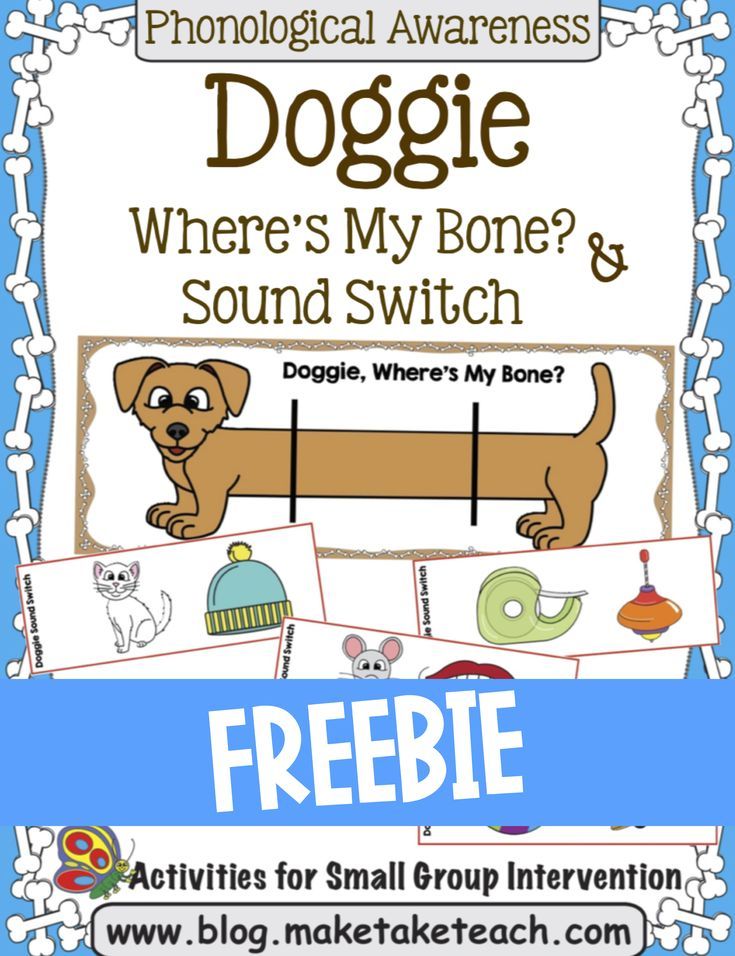
Game "Find the sound" (For children with impaired pronunciation, perform this exercise on preserved sounds or by ear, without the child's own pronunciation of sounds)
1 Select subject pictures in the name of which the given sound is heard. The pre-pictures are called adult.
2 According to the plot picture, name the words (point to objects) in which the given sound is heard.
Ball game.
Speech therapist pronounces various syllables, words. The child must catch the ball at the given sound, if he does not hear the sound, then hit the ball.
Stage 3 Development of the skill of elementary sound analysis and synthesis.
This step has a specific sequence:
- Determining the number of syllables in words of varying complexity
- Highlighting the first and last sound in a word
- Selection of a word with a suggested sound from a group of words or from
offers.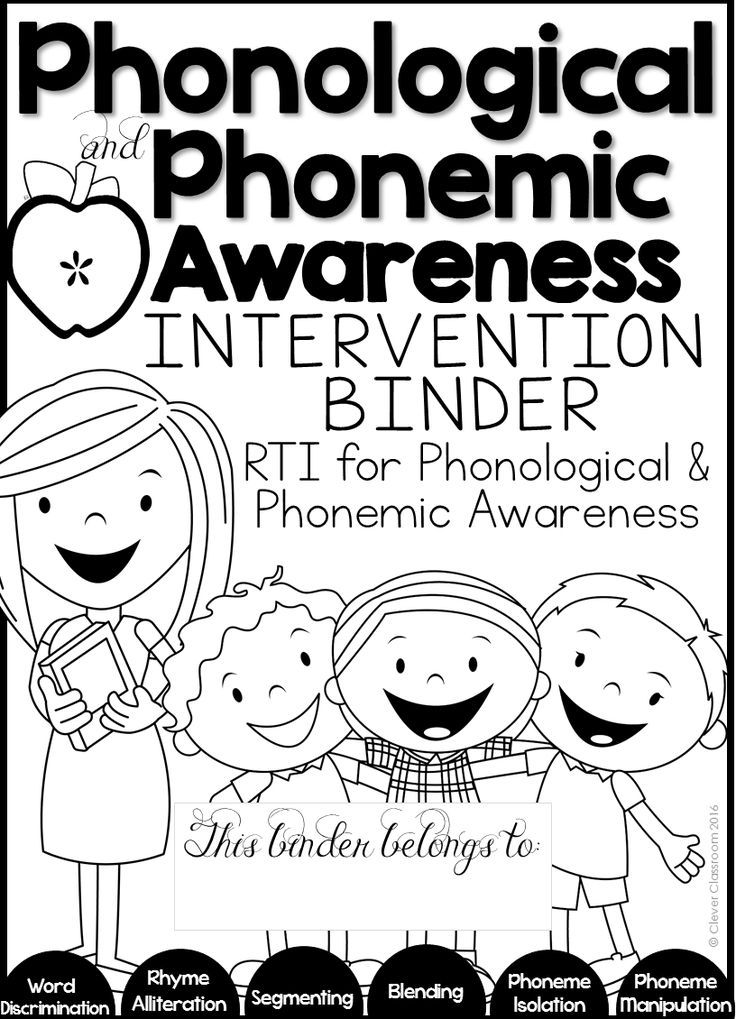
- Distinguishing sounds according to their qualitative characteristics (vowel -
consonant, deaf - voiced, hard - soft);
- Determining the place, quantity, sequence of sounds in a word
- Creative tasks (for example, come up with words with given sounds)
- building models
The word is divided into syllables,
Like orange slices.
If the syllables stand side by side -
Words are obtained:
You- and -kva-, and together "pumpkin".
So- and -va- so, "owl".
Stressed syllable, stressed syllable
- It is named so for a reason…
Hey invisible hammer,
Mark him with a blow!
And the hammer knocks, knocks,
And my speech sounds clear.
Tapping out syllables
Purpose: teaching syllabic analysis of words
Equipment: drum, tambourine.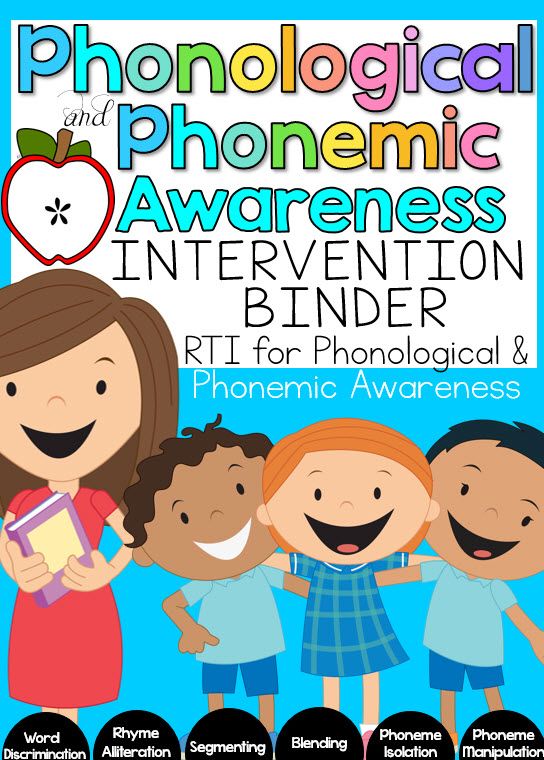
Game description: Children sit in a row. The speech therapist (adult) explains that each child will be given a word to tap or slap. Pronounces a word clearly loudly, such as a wheel. The called child must tap as many times as there are syllables in the given word. The facilitator gives the children different words in the number of syllables. The winners will be those who have not made a single mistake.
Guess the word game
Purpose: to form words with a certain number of syllables
Description of the game: children are sitting at the table. The teacher says: “Now we will guess the words. I won’t name them for you, but I’ll just telegraph them - I’ll knock, and you should think and say what words these could be. If the children find it difficult to name the word, the teacher taps the word again and pronounces its first syllable. The game is repeated, but now the teacher names one child. The called person must guess the word that will be tapped out, name it and tap out.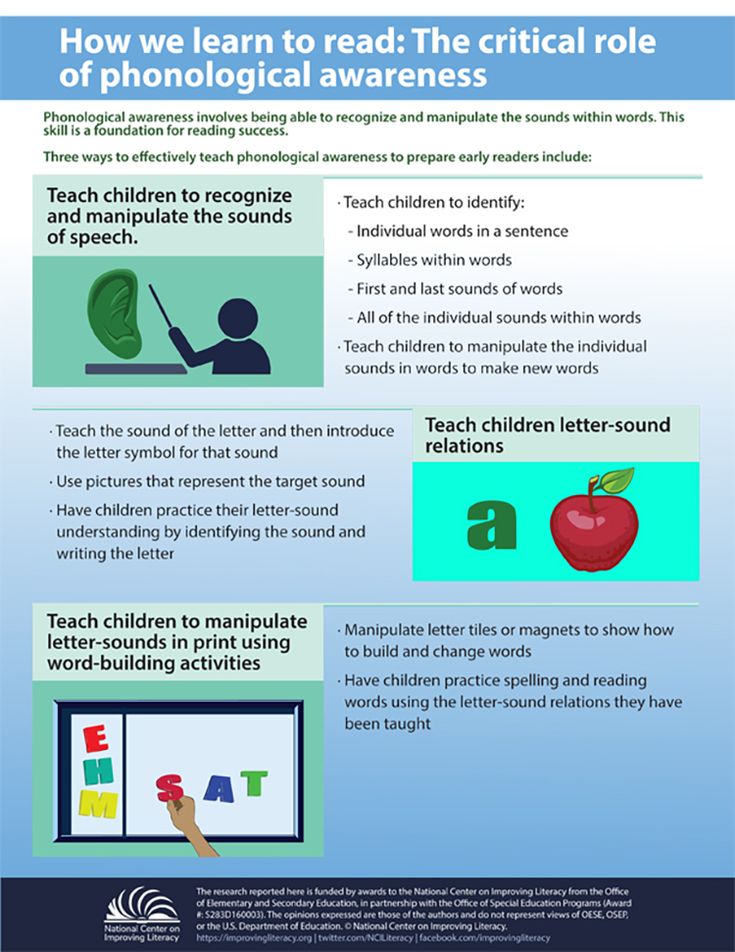 When the children learn the game, one of the children can be chosen as the leader.
When the children learn the game, one of the children can be chosen as the leader.
Syllabic train game.
Purpose: to exercise children in dividing into syllables.
Steam locomotive with three cars. On the 1st scheme of 1 syllable, on the 2nd - from 2 syllables, on the 3rd - from 3 syllables. Children need to “settle the pictures in the right car.
Pyramid game.
Purpose: to exercise children in determining the number of syllables in words.
Equipment: an image of a pyramid of squares in three rows: at the bottom there are 3 squares for three-syllable words, above - 2 squares for two-syllable words and at the top - one square for one-syllable words. Under the squares are pockets. subject pictures.
Move: Arrange the pictures in the correct pocket depending on the number of words.
Game "Find the word pattern"
Purpose: to exercise children in dividing into syllables.
Subject pictures, schemes for one-syllable, two-syllable, three-syllable words.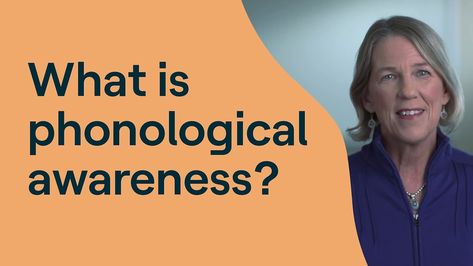
Match the word with a scheme.
Game "Chain of words".
Purpose: To exercise children in identifying the first and last sound
in words.
Equipment. Cards with subject pictures.
Game in progress. 4-6 children play. Each child has 6 cards. A speech therapist (adult) begins to lay out a chain. The next picture is put by a child whose name of the depicted object begins with the sound that the word ends with - the name of the first object. The winner is the one who first lays out all his cards.
Train Game
Purpose: to develop the skills of highlighting the first and last sound in a word.
Game progress: children are offered to make a train from trailers-cards. Just as the train cars are connected to each other, so the cards must be connected only with the help of sounds. The last sound must match the first sound of the next name, then the cars of our train will be firmly connected. The first card is an electric locomotive, its left half is empty.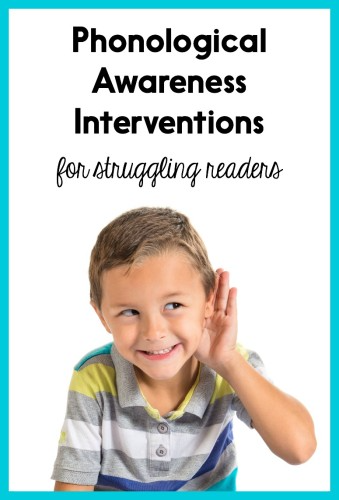 The last trailer also has unloaded space - the right half is empty. Multiple people can play. All cards are distributed equally to the players. Each in his turn puts a suitable one to the extreme picture, that is, the one with the first sound in the name is the same as the last sound in this extreme card. Thus, in the names of the left pictures, the first sound is always distinguished, and in the names of the left ones, the last sound. This must be taken into account and not placed on the right pictures that have voiced consonants at the end of the word in their names.
The last trailer also has unloaded space - the right half is empty. Multiple people can play. All cards are distributed equally to the players. Each in his turn puts a suitable one to the extreme picture, that is, the one with the first sound in the name is the same as the last sound in this extreme card. Thus, in the names of the left pictures, the first sound is always distinguished, and in the names of the left ones, the last sound. This must be taken into account and not placed on the right pictures that have voiced consonants at the end of the word in their names.
Suitcase and briefcase game.
Purpose: Distinguishing sounds [w].–[g]
Hide in the suitcase items that have the sound [g]. and in a briefcase with the sound [w].
Gift Game
Purpose: to distinguish between sounds [l] - [l *]; [r] - [r *]
The sound guy decided to give Lana and Lena gifts. But I thought about it, because Lana loves objects with the sound [l], Lena with the sound [l*].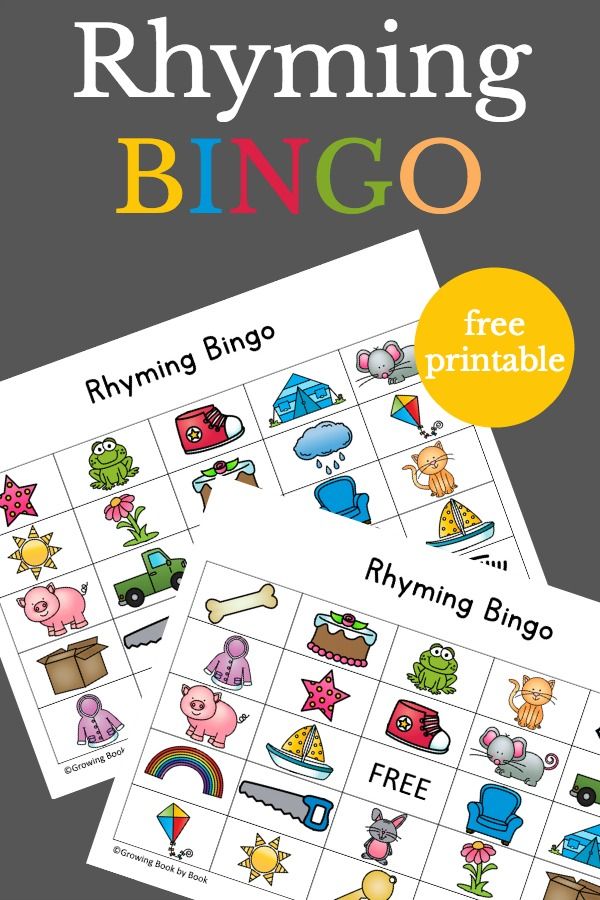 Help me choose gifts.
Help me choose gifts.
Tiger - objects with the sound [p], and the tiger cub with the sound [p*].
Game “What the boy gathered in the garden with sounds [r] - [r]
[r] tomato, dill, carrot, pea, potato.
[р*] cucumber, radish, turnip, radish.
Game “Find in which words the song of a big mosquito sounds, and in which of a small one.
Purpose: Distinguishing sounds [h].– [h*]
Umbrella, fence, basket, zebra, dragonfly, birch, castle, raisins.
Game "To whom, what picture"
Purpose: Distinguishing sounds [g] - [k]
Dove - pictures with sound [g];
Leopold the cat - pictures with sound[k].
Phonetic lotto "Voiced - deaf".
Purpose: To learn how to pronounce sounds correctly and differentiate phonemes according to voiced-deafness.
On a card with a yellow rectangle - lay out pictures in which words begin with a voiced consonant, and on a card with a lilac rectangle - lay out pictures in which words begin with a deaf consonant.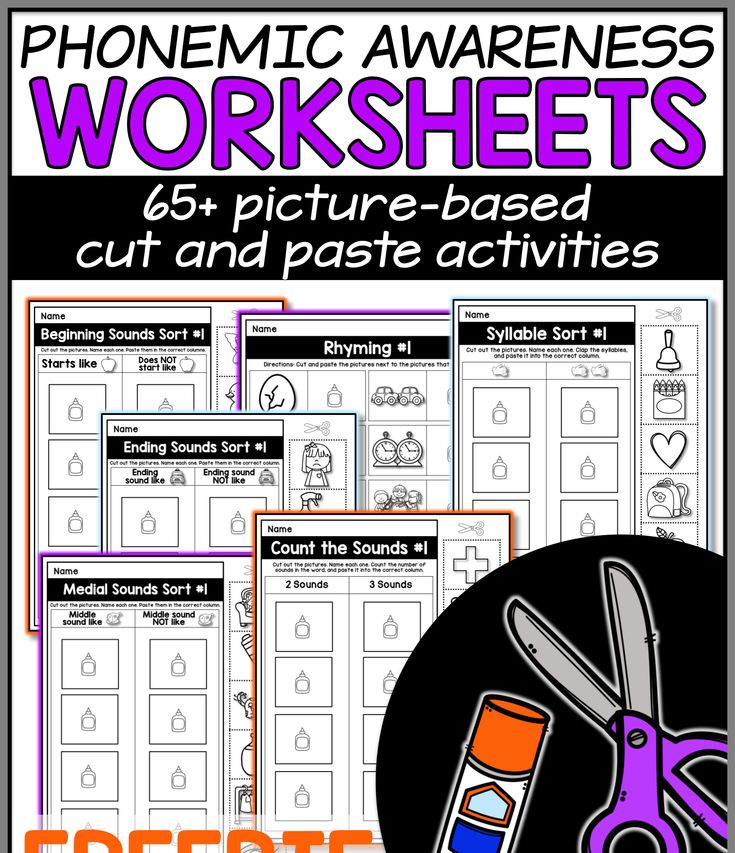
Phonetic lotto "Hard - soft".
Purpose: To learn how to pronounce sounds correctly and differentiate phonemes by hardness-softness.
On a card with a blue rectangle - lay out pictures in which words begin with a hard consonant, and on a card with a green rectangle - lay out pictures in which words begin with a soft consonant.
Traffic light game.
Purpose: To exercise children in finding the place of sound in a word.
An adult names words. The child puts a chip on the left red, middle yellow or green right part of the strip (“traffic light”), depending on where the given sound is heard.
Game "Houses".
Purpose: Development of the ability to differentiate similar sounds, find the place of sound in a word. Equipment. A set of subject pictures, the names of which begin with oppositional sounds, 2 houses, each house has 3 pockets (beginning, middle, end of the word).
Game in progress.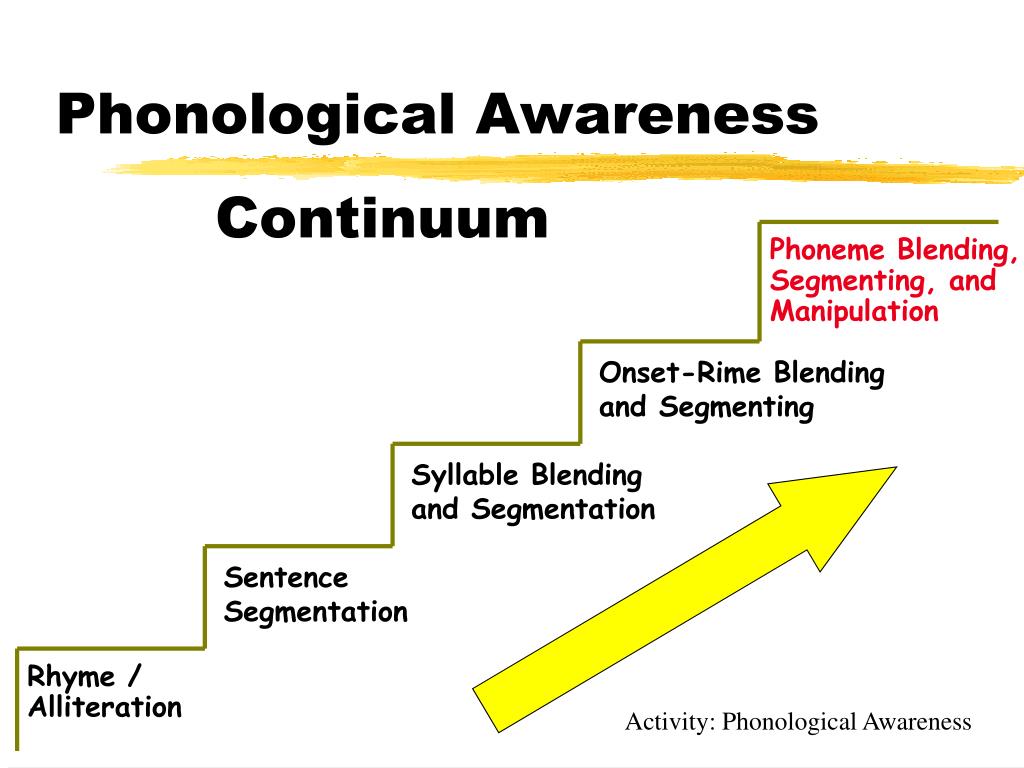 The child takes a picture, names it, determines the presence of a sound (for example; Ch or Щ, its place in a word, inserts a picture into the corresponding pocket. Points are scored for a correctly completed task.
The child takes a picture, names it, determines the presence of a sound (for example; Ch or Щ, its place in a word, inserts a picture into the corresponding pocket. Points are scored for a correctly completed task.
Game “To each sound its own room”
Purpose: to teach to carry out a complete sound analysis of a word based on a sound scheme and chips.
Game progress: Players receive houses with the same number of windows. Tenants - "words" - should settle in the houses, and each sound wants to live in a separate room. Children count the number of windows in the house and conclude how many sounds should be in the word. Then the leader pronounces the word, and the players name each sound separately and lay out the chips on the windows of the house - “populate the sounds”. At the beginning of the training, the leader speaks only words suitable for settling in, that is, those in which there will be as many sounds as there are windows in the house. At subsequent stages, you can say a word that is not subject to “settlement” in this house, and the children are convinced of the mistake by analysis.

